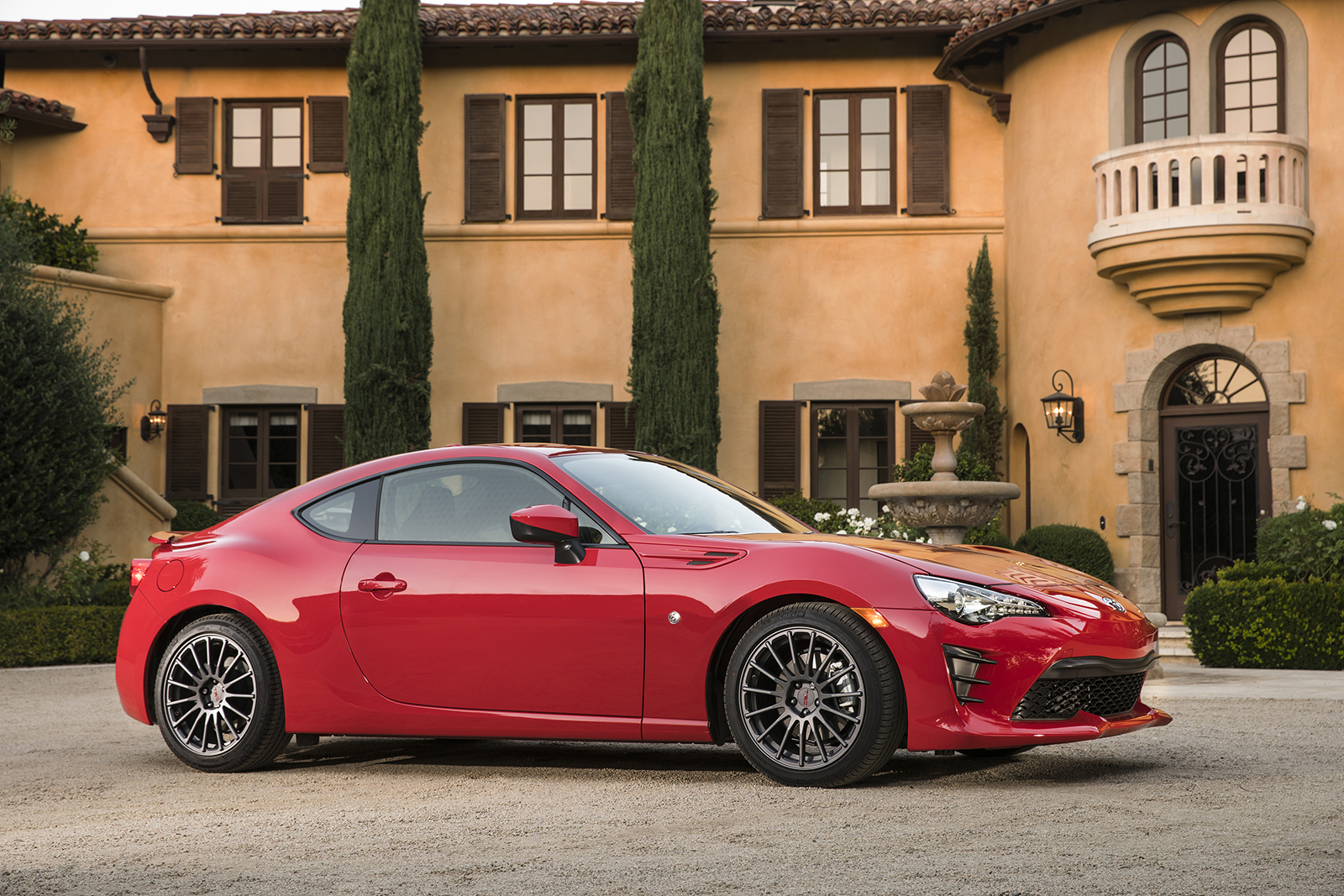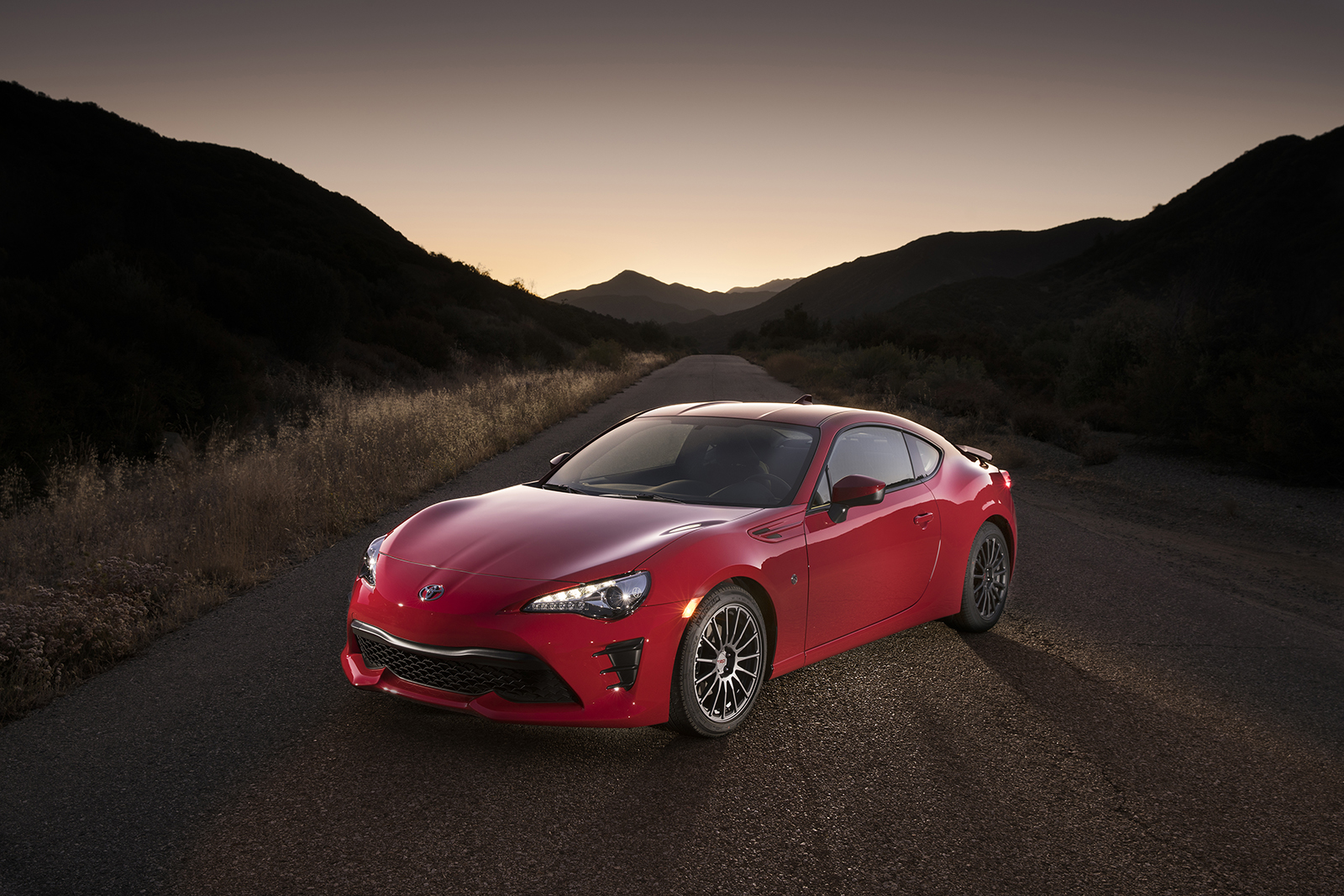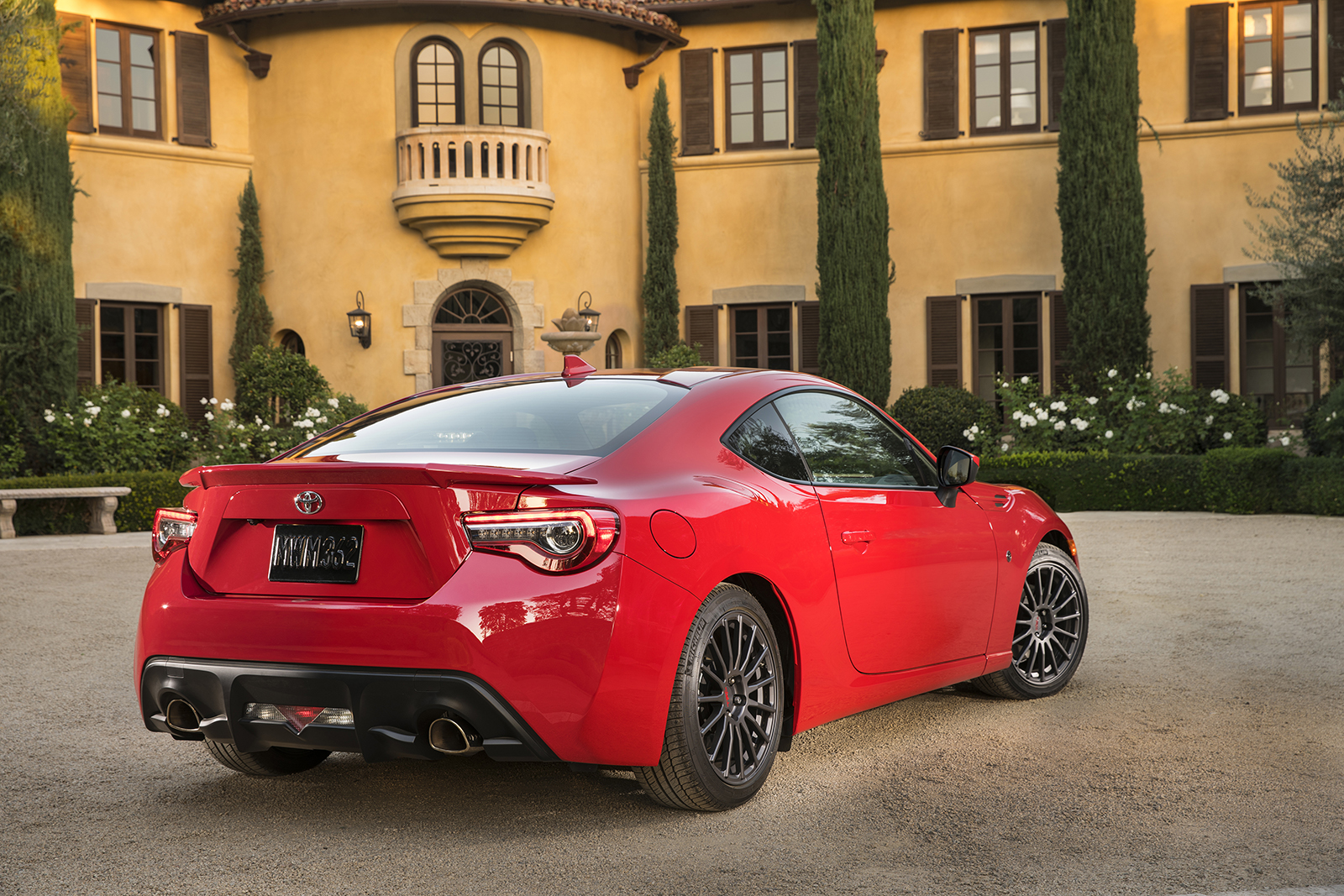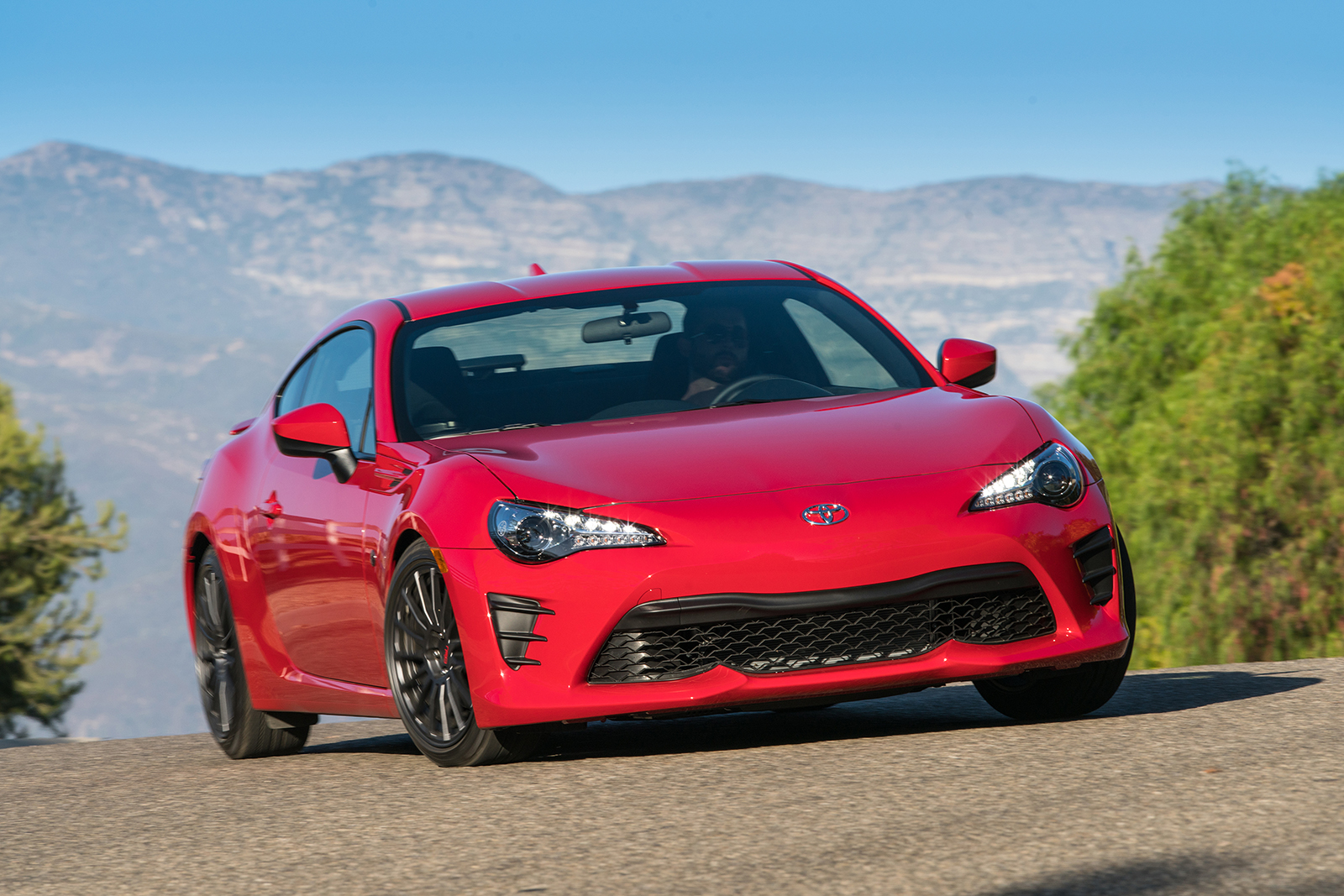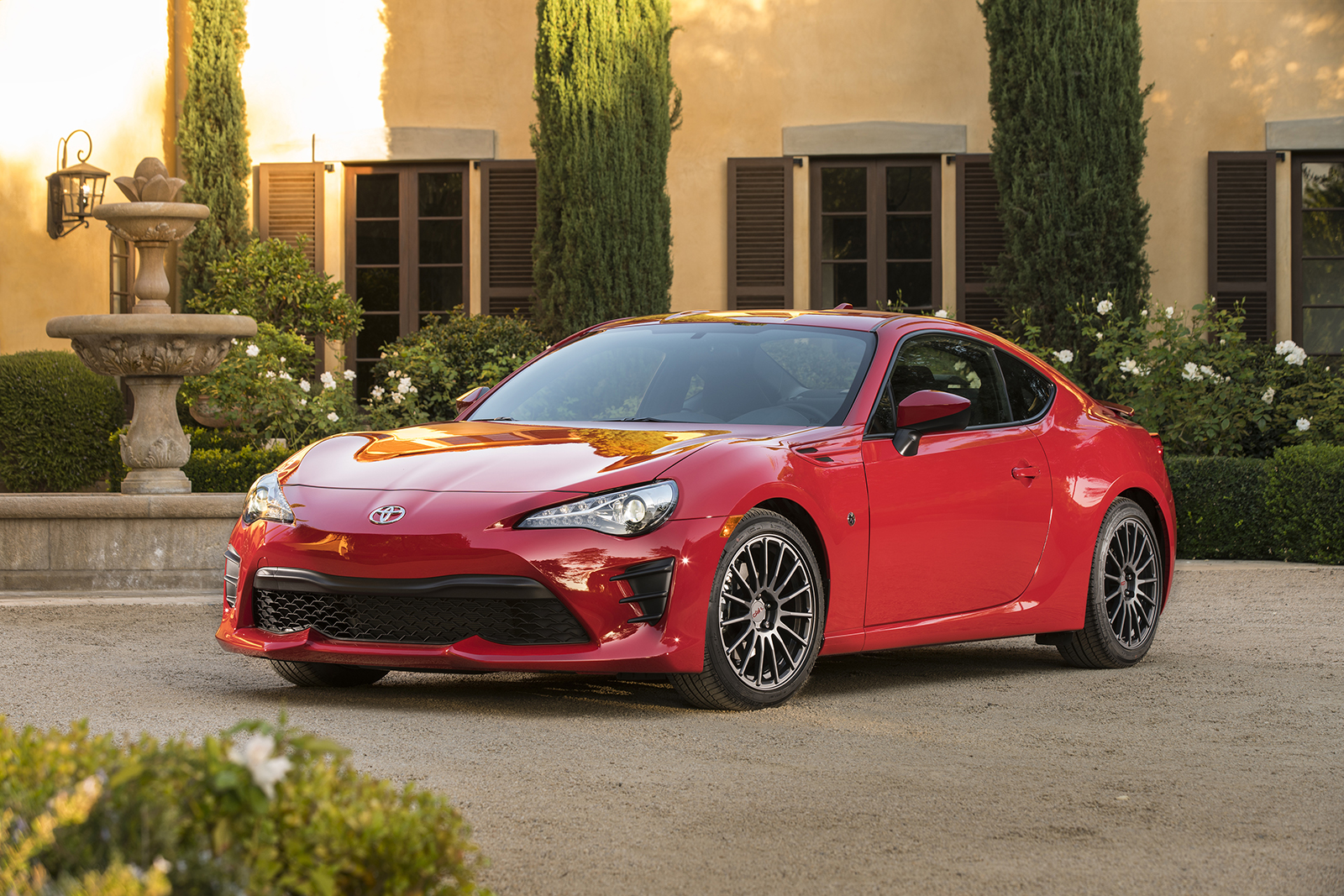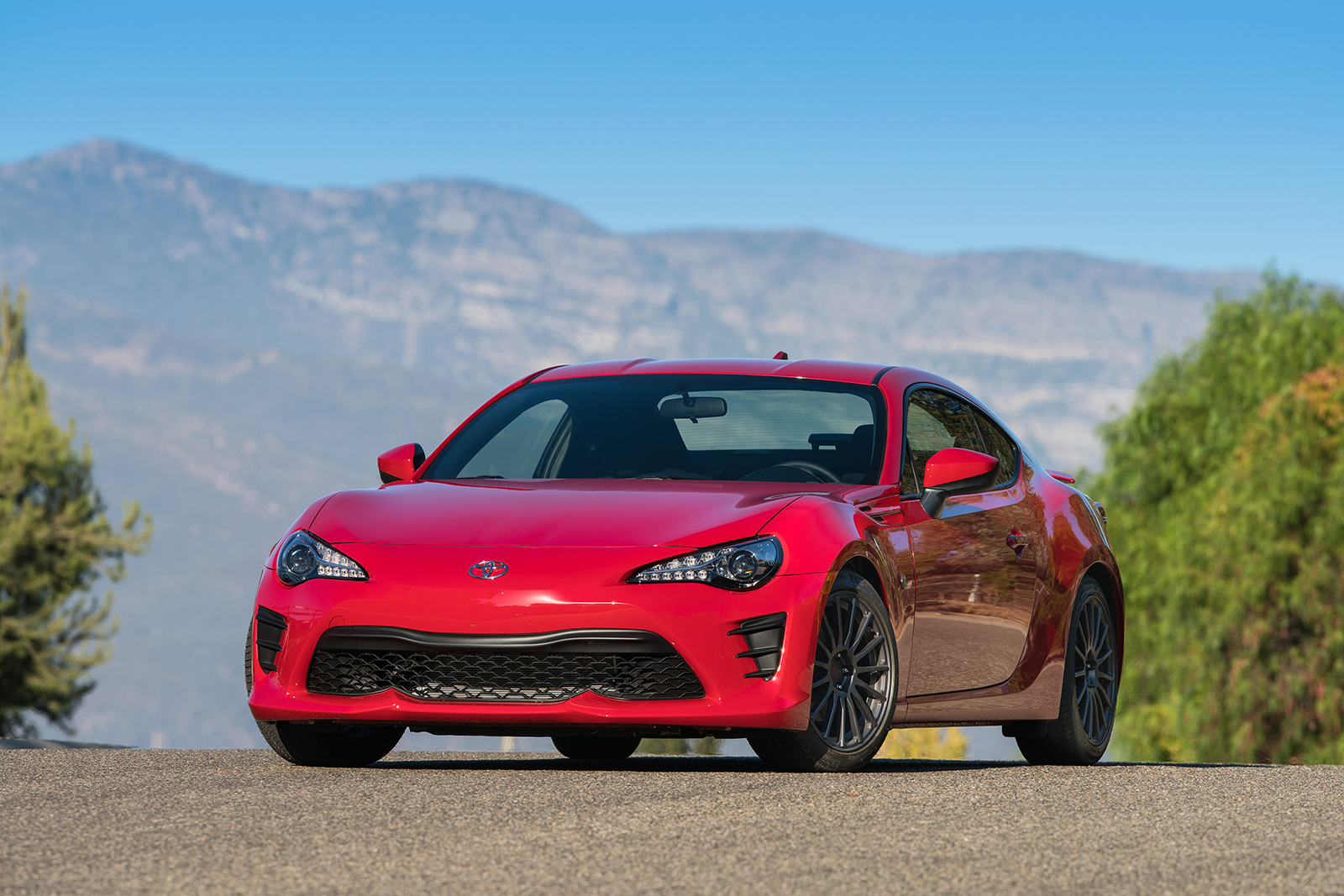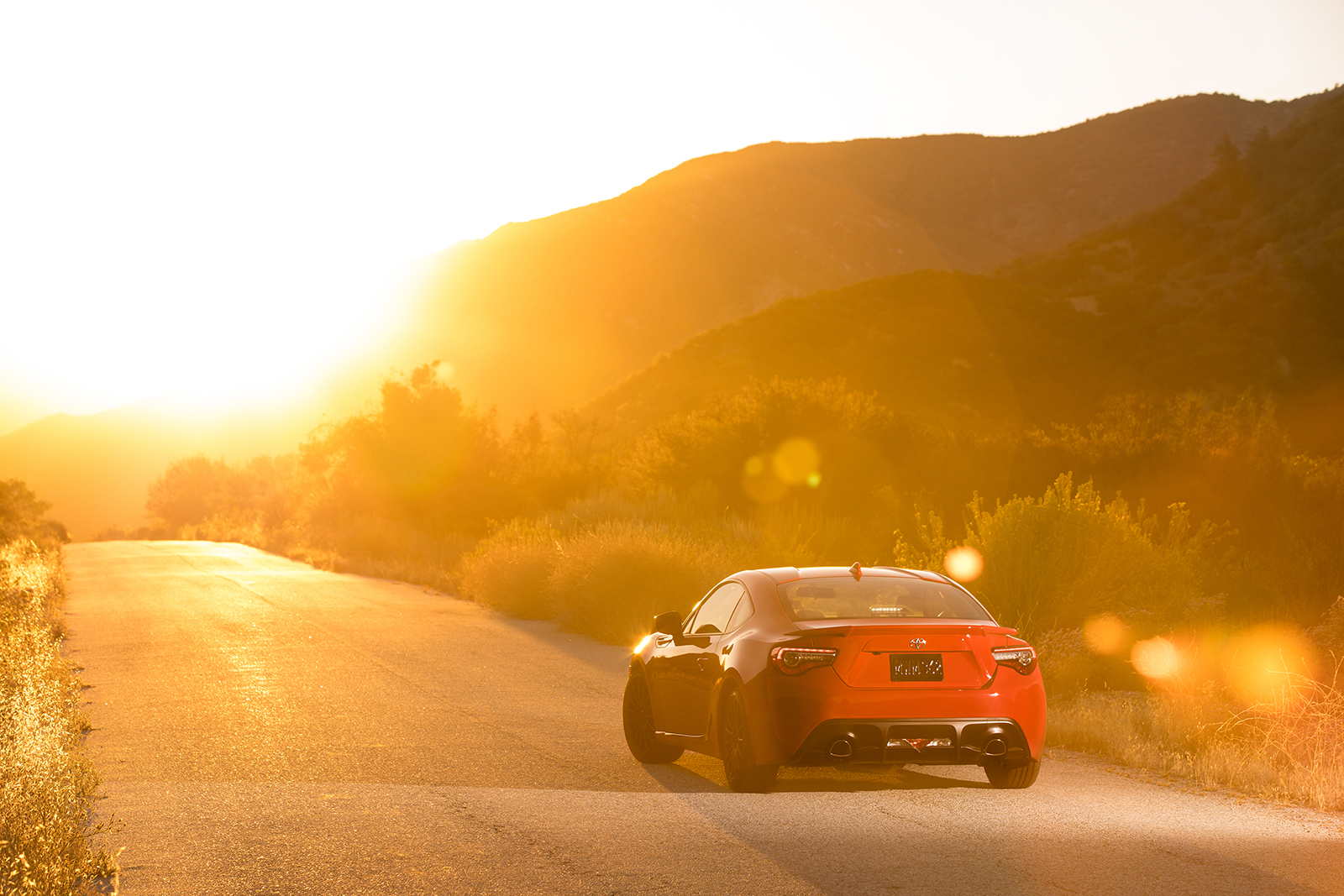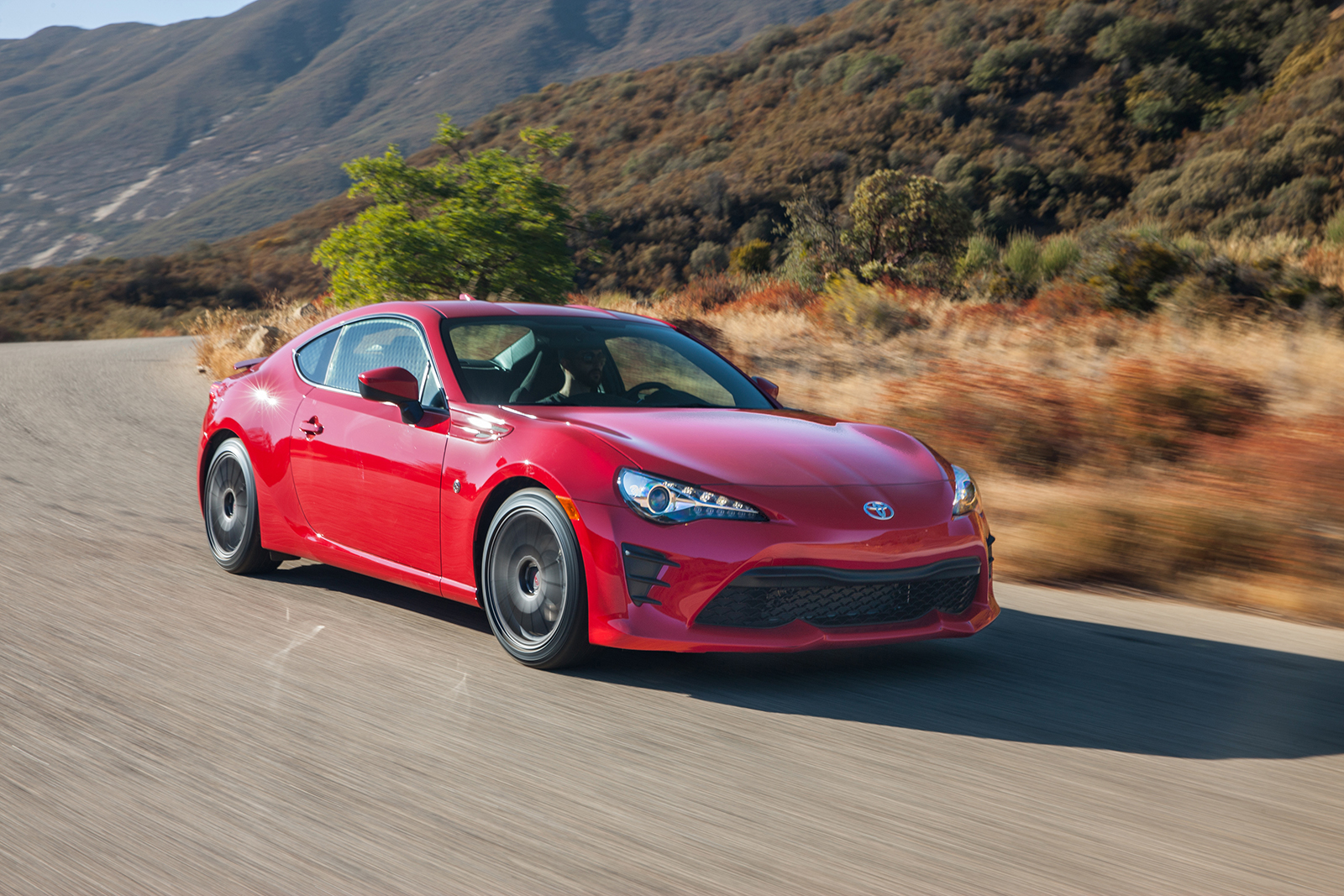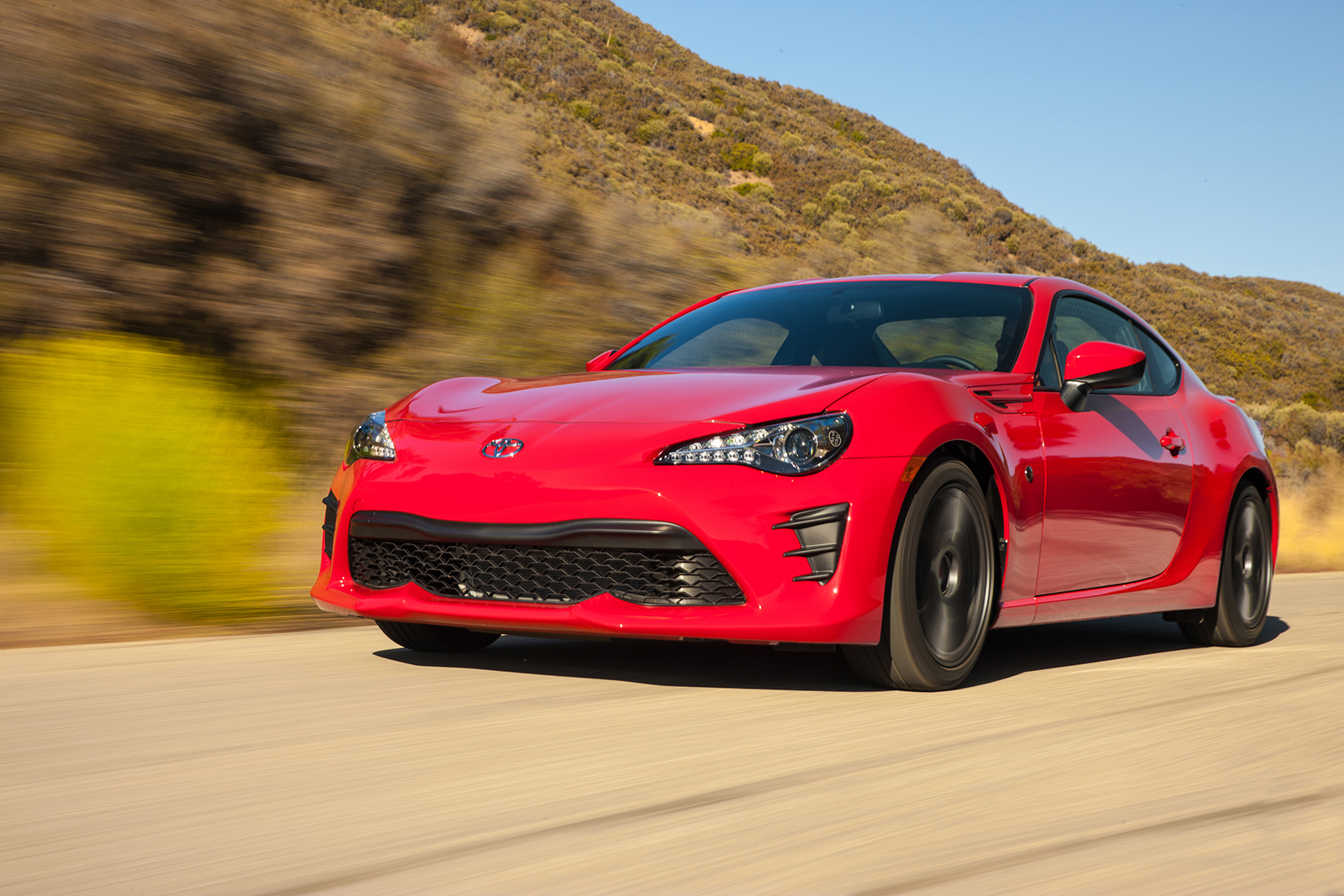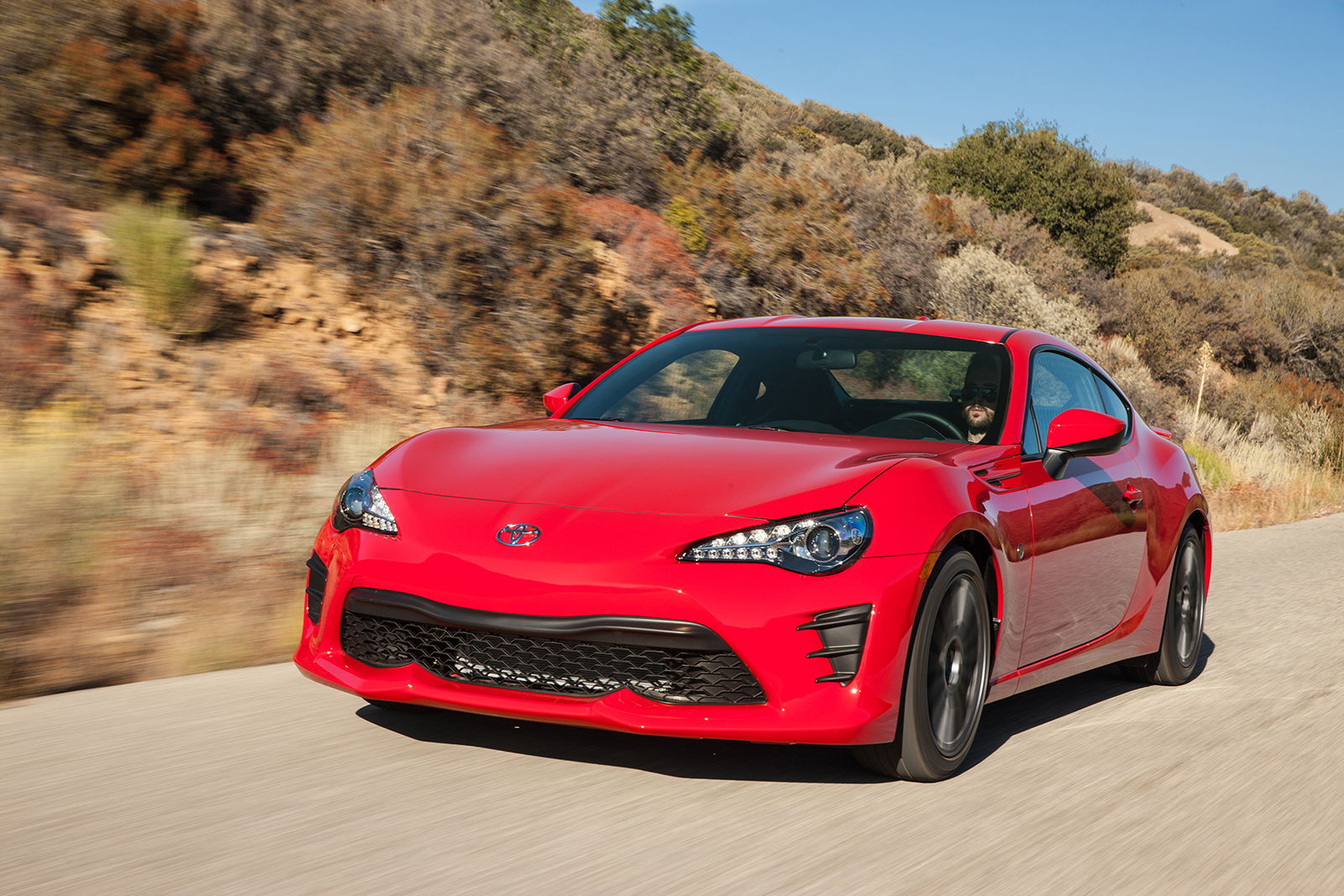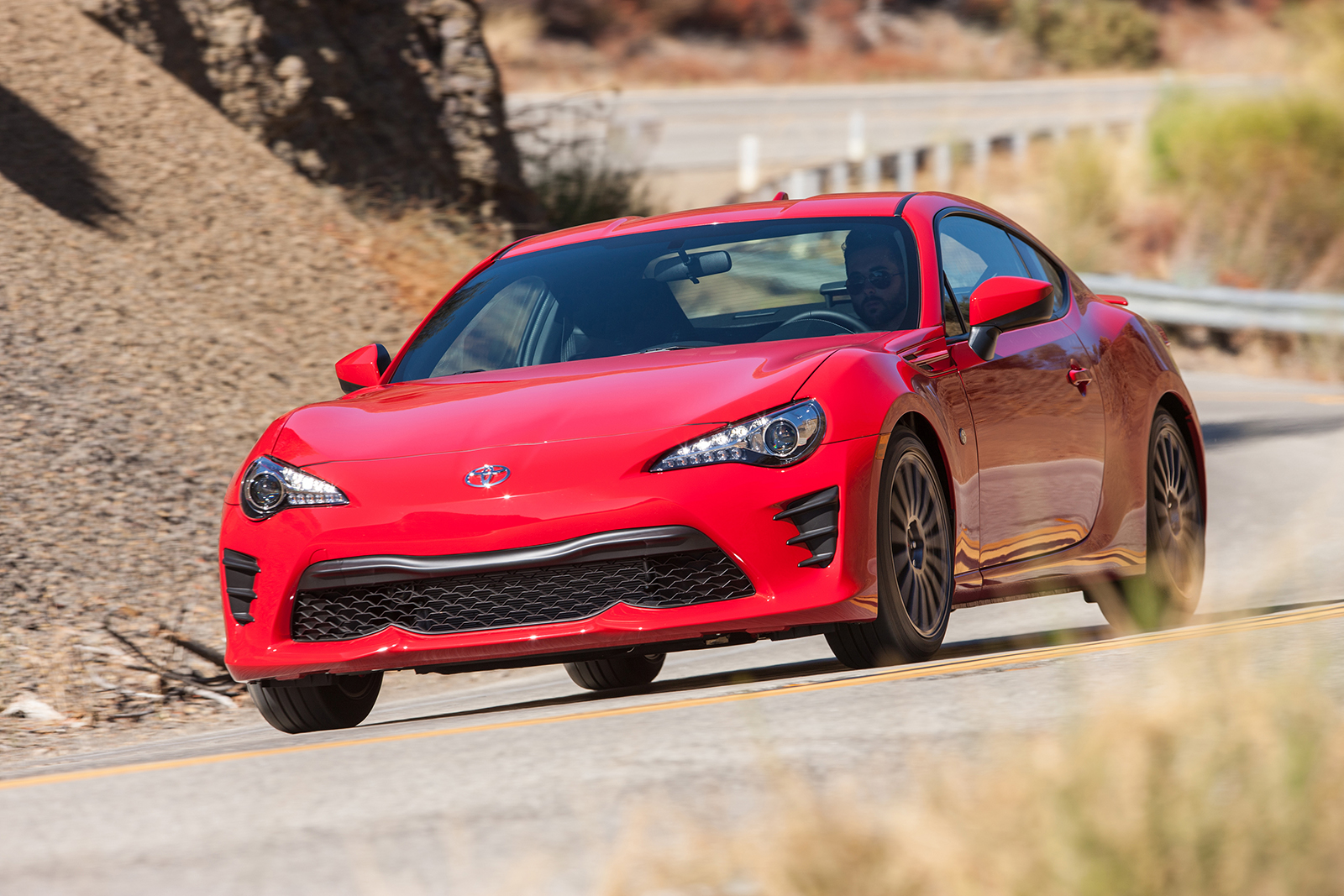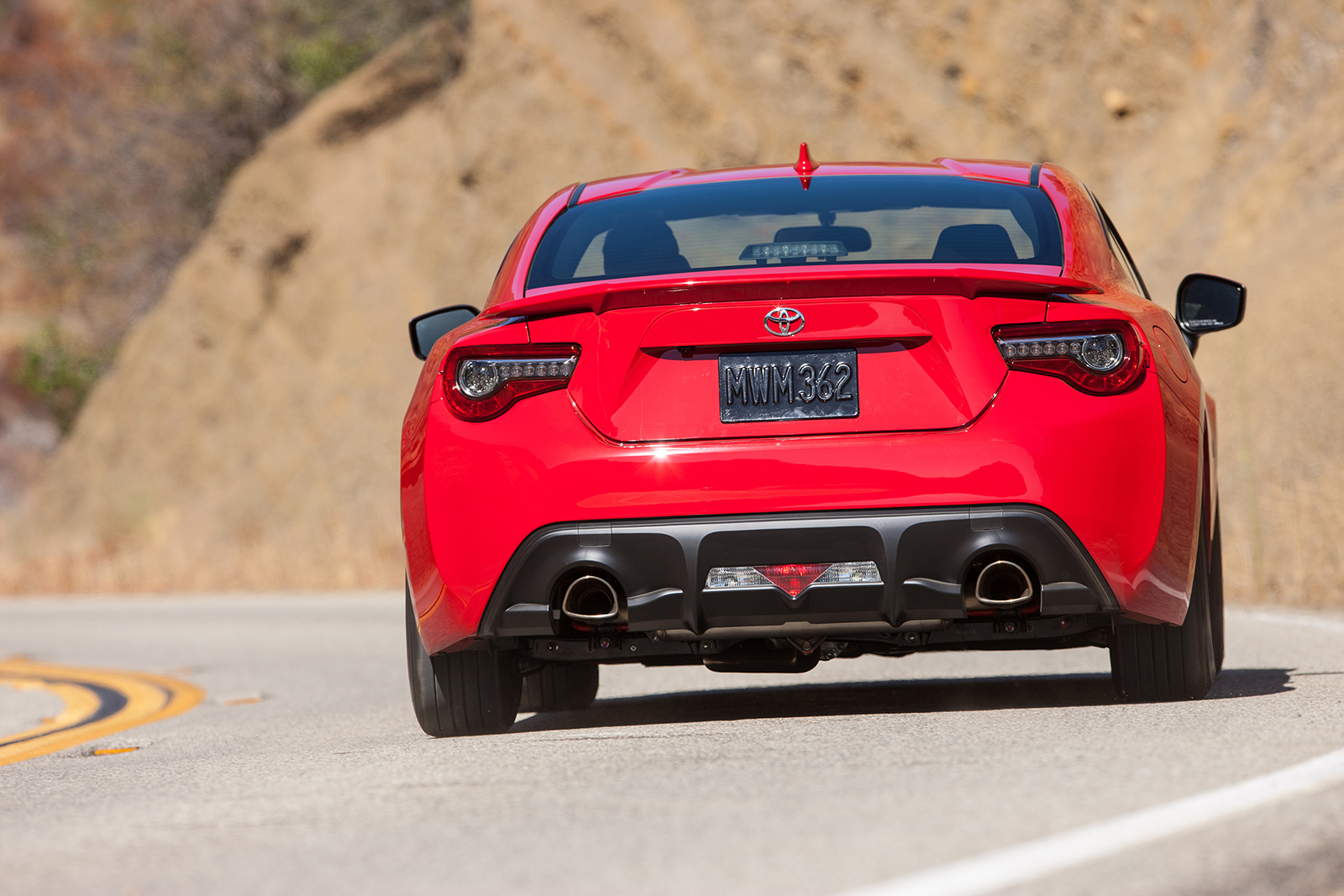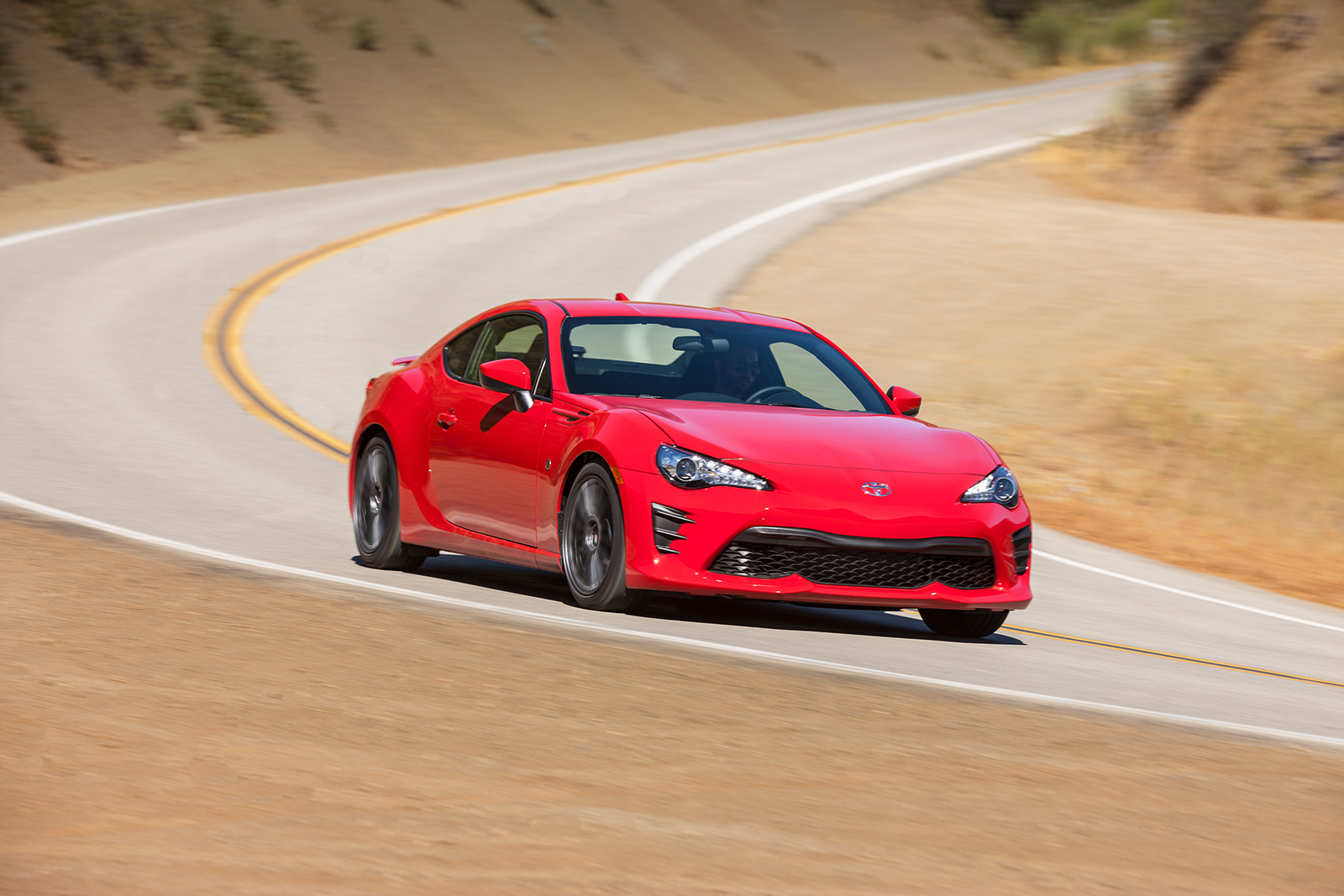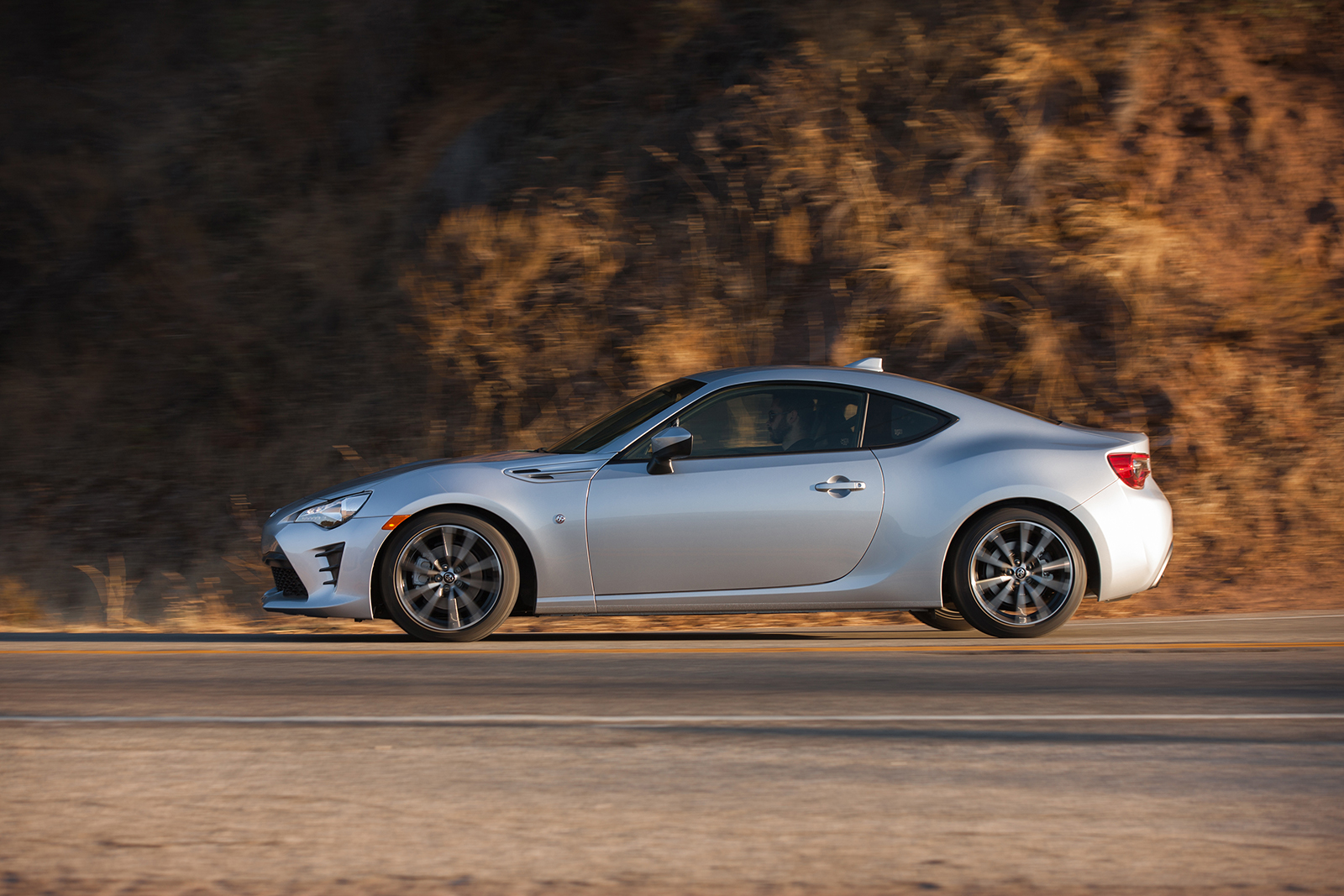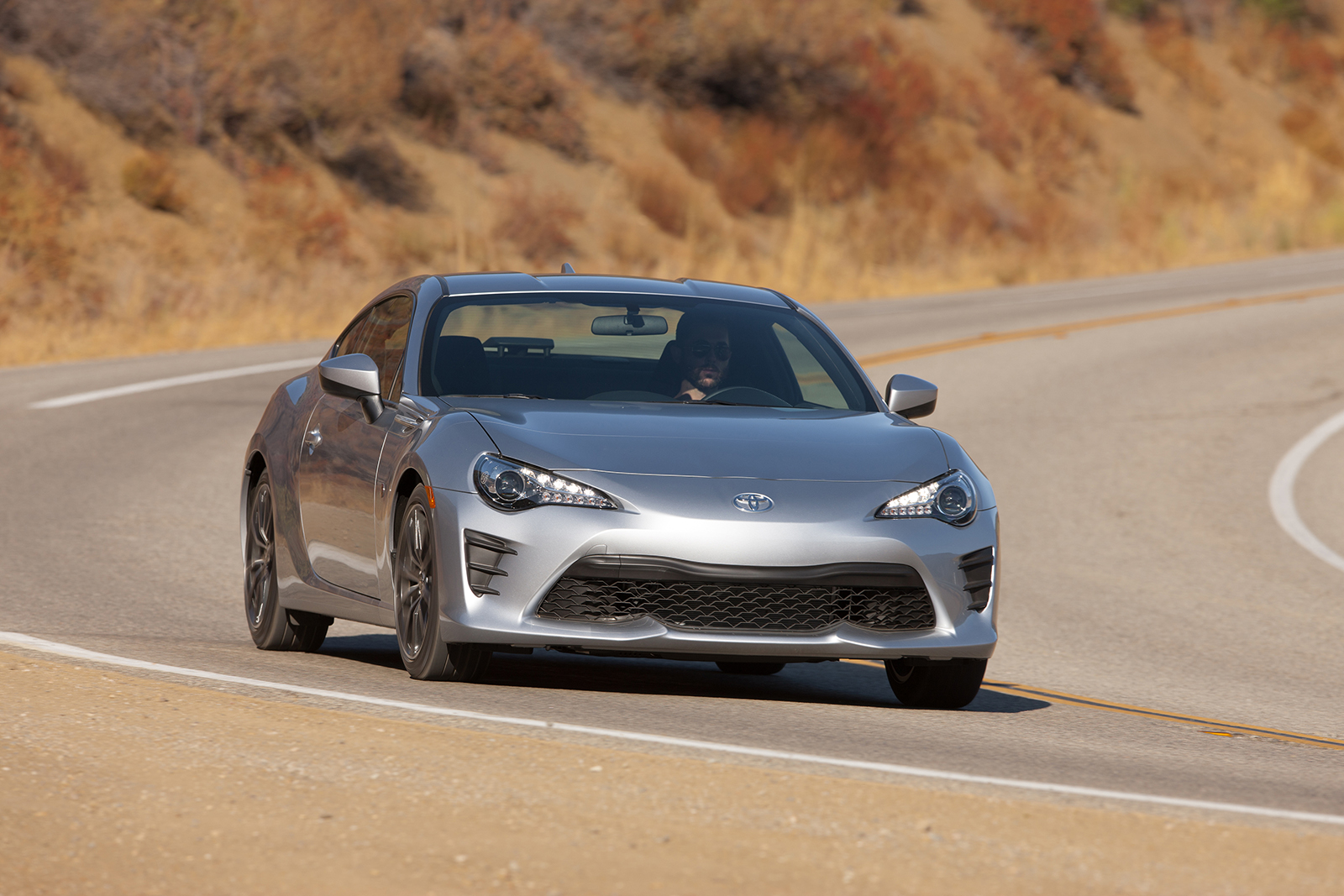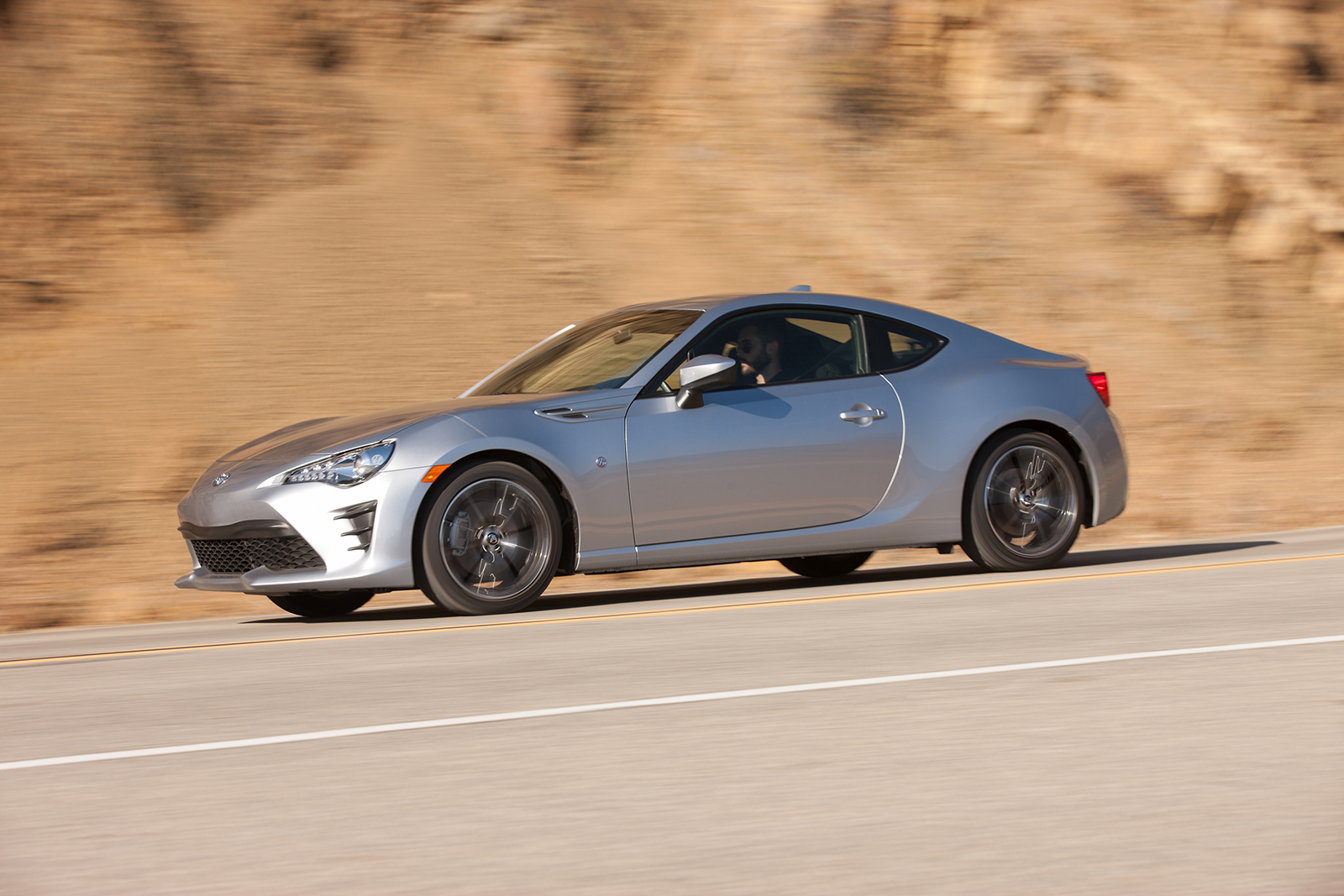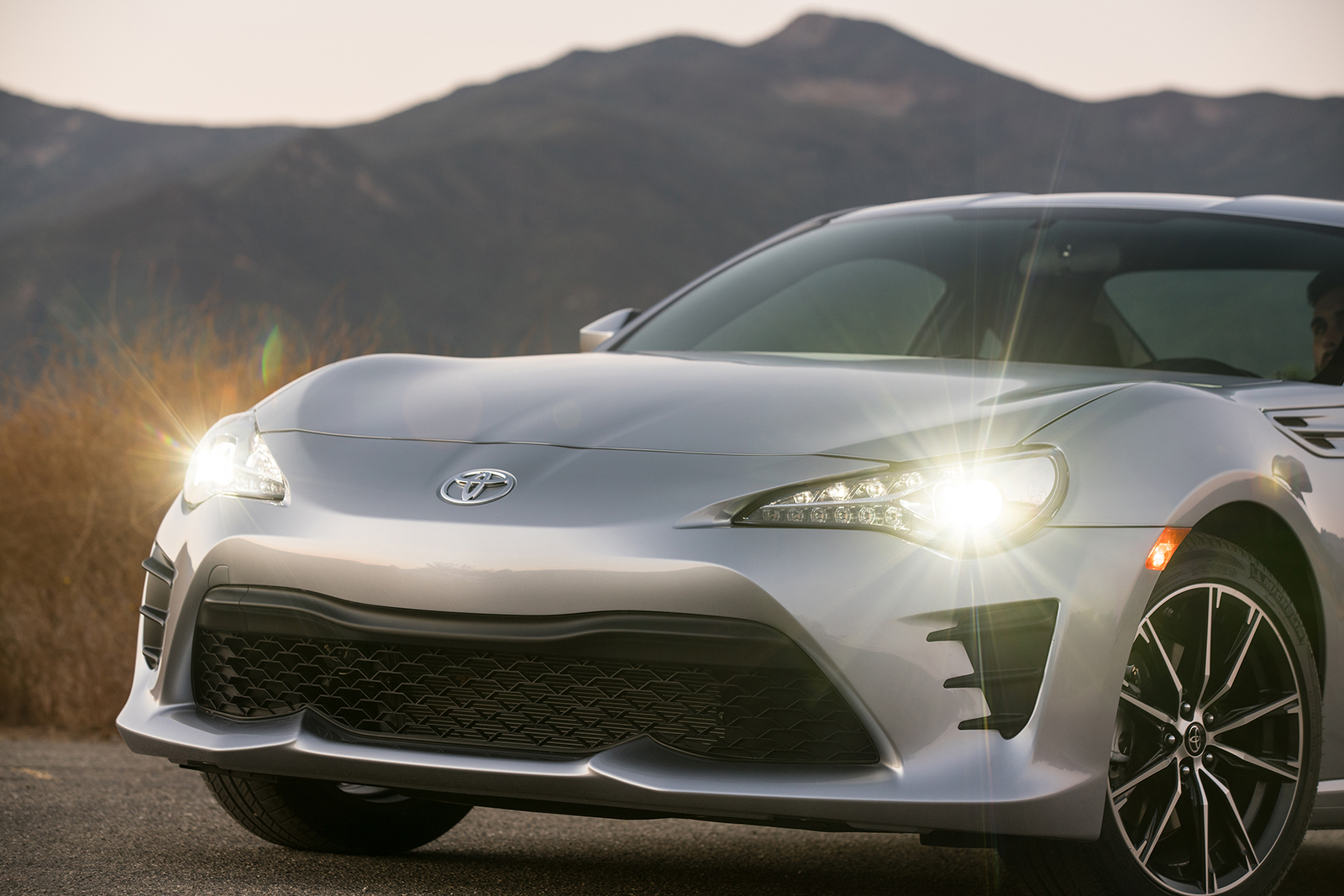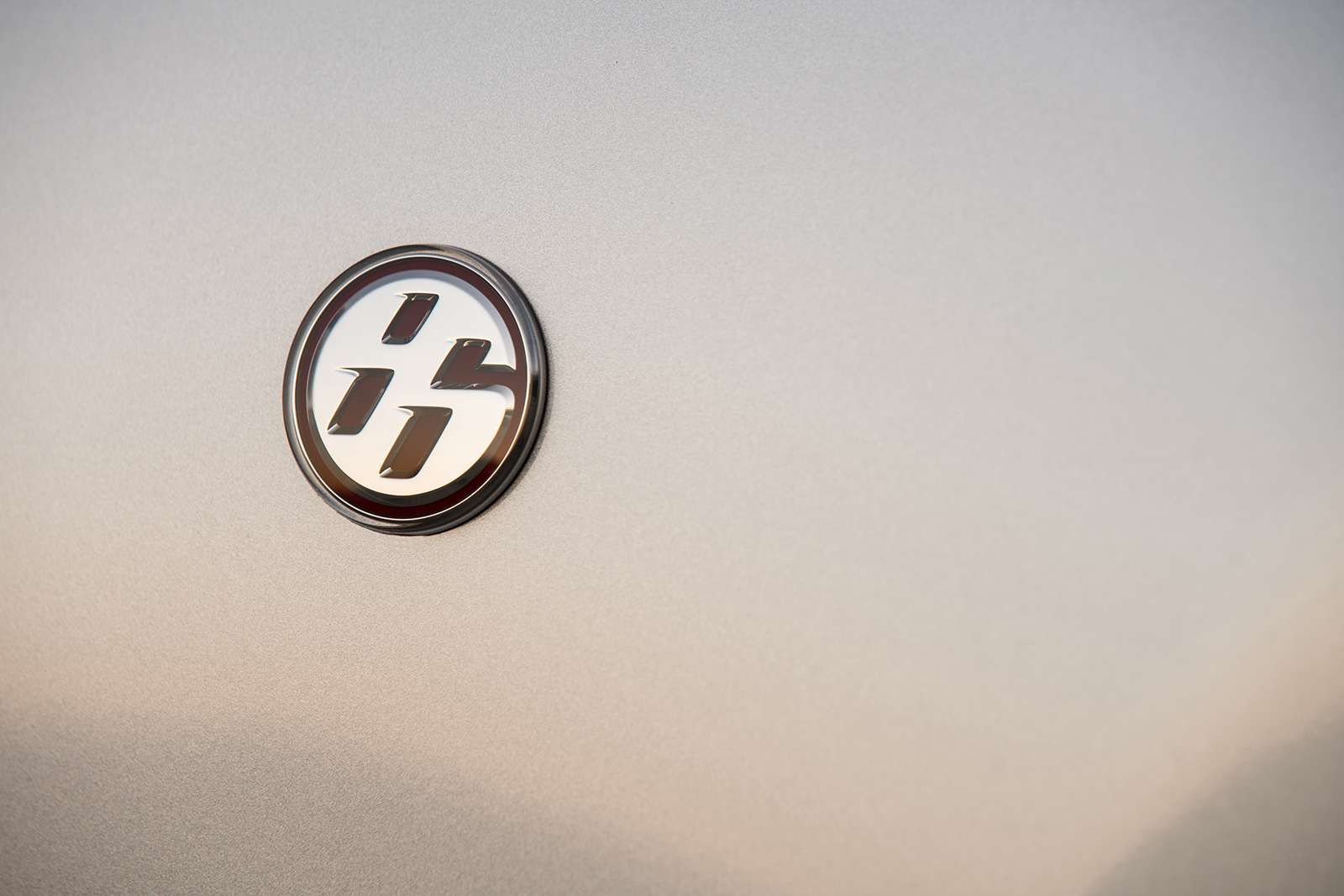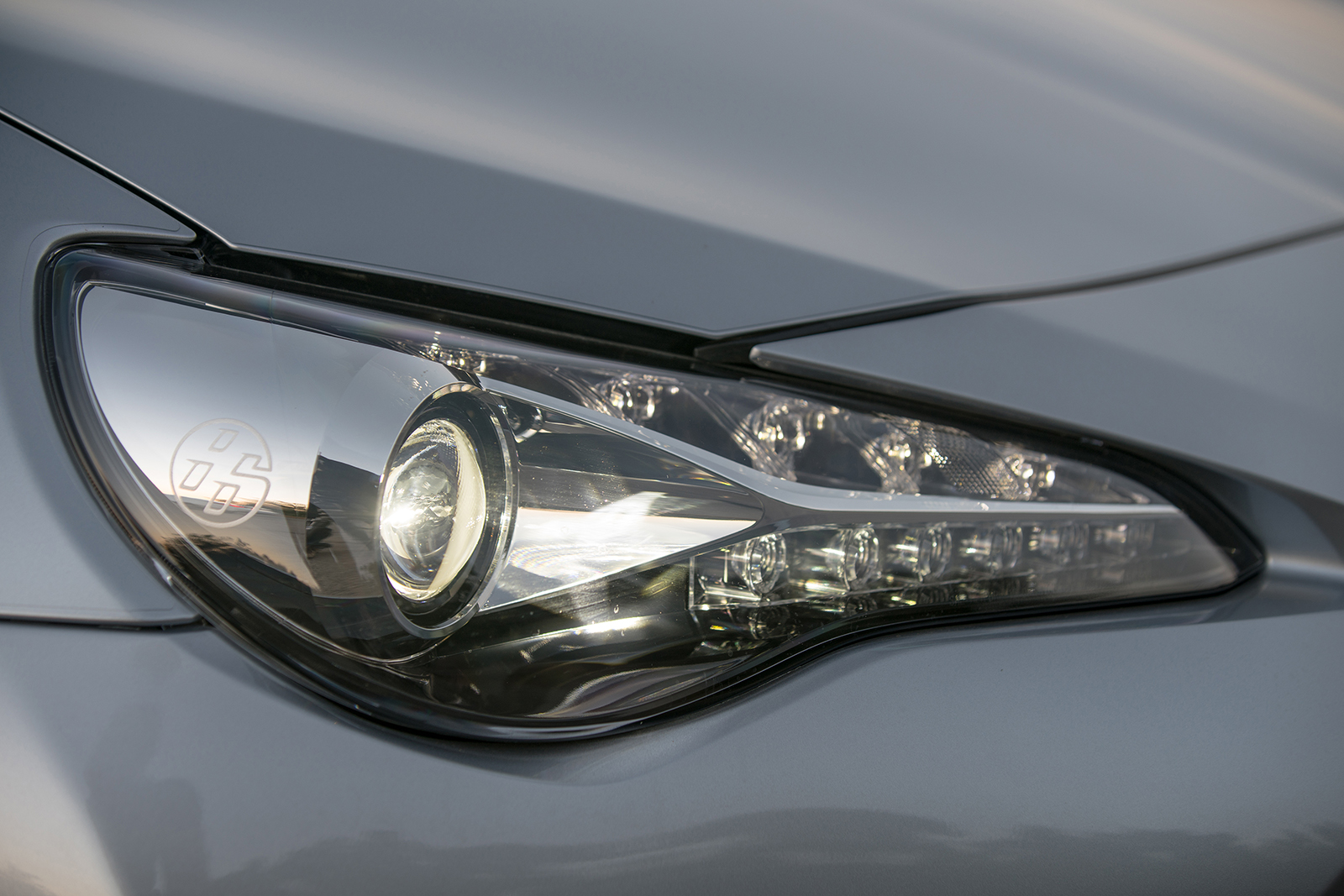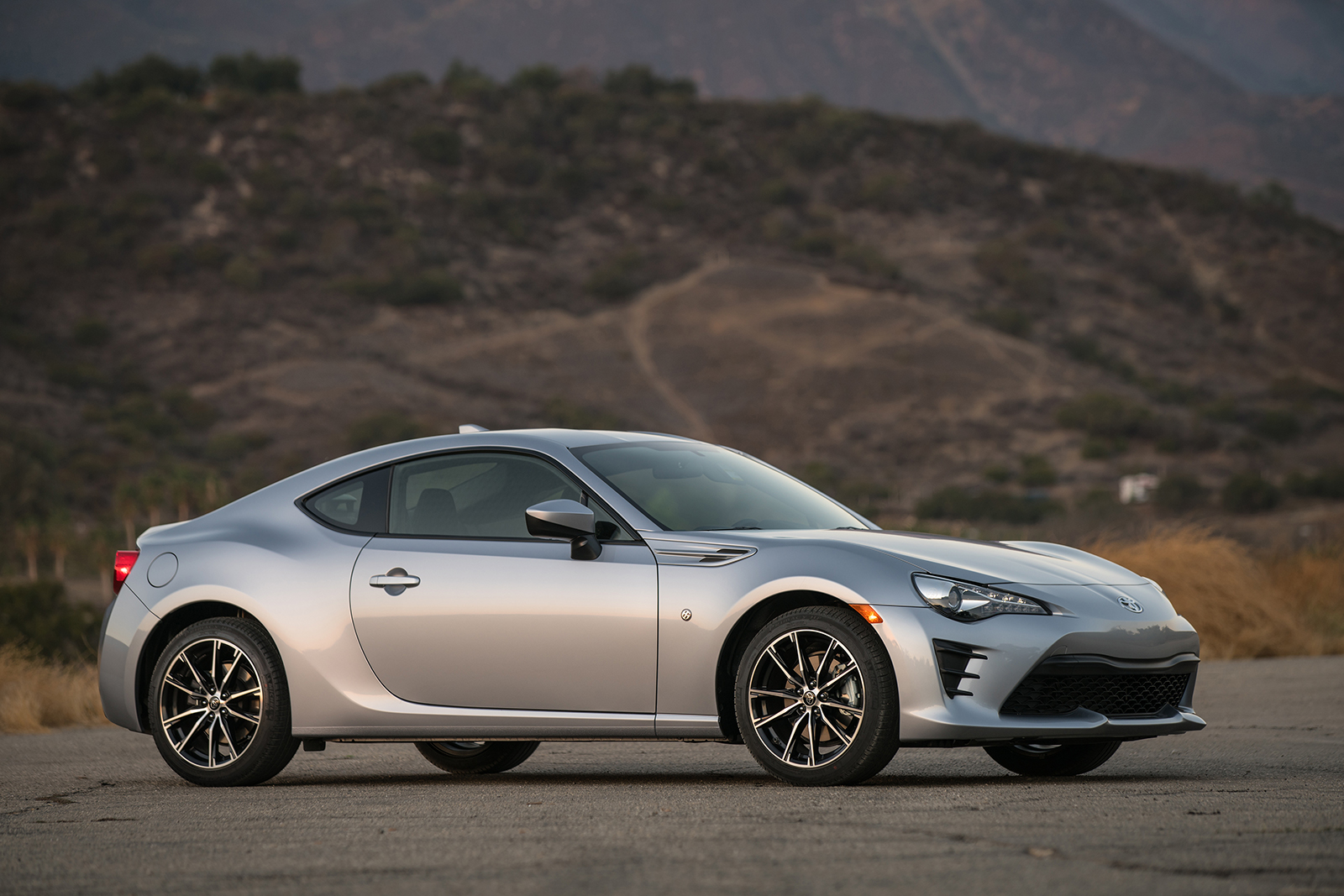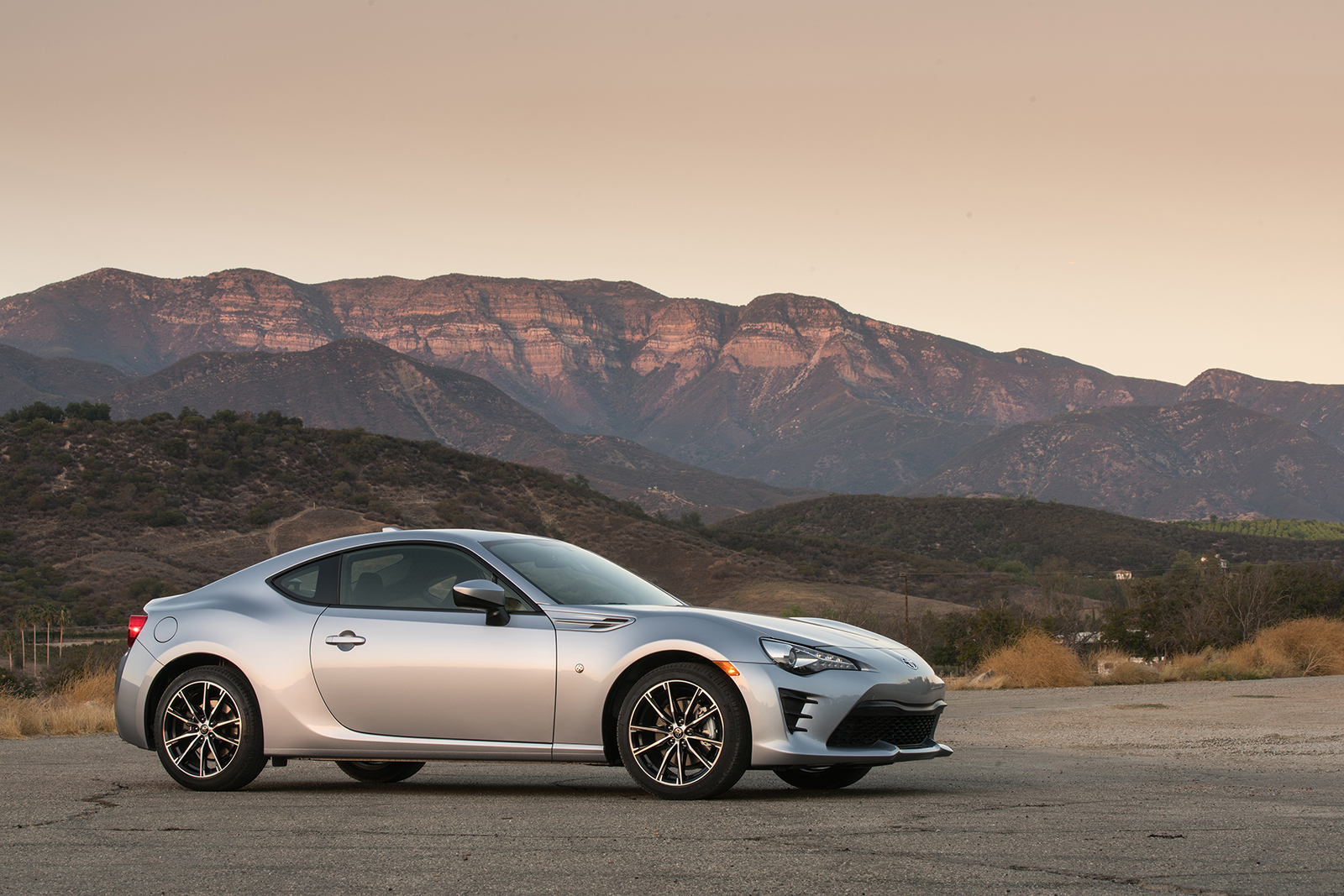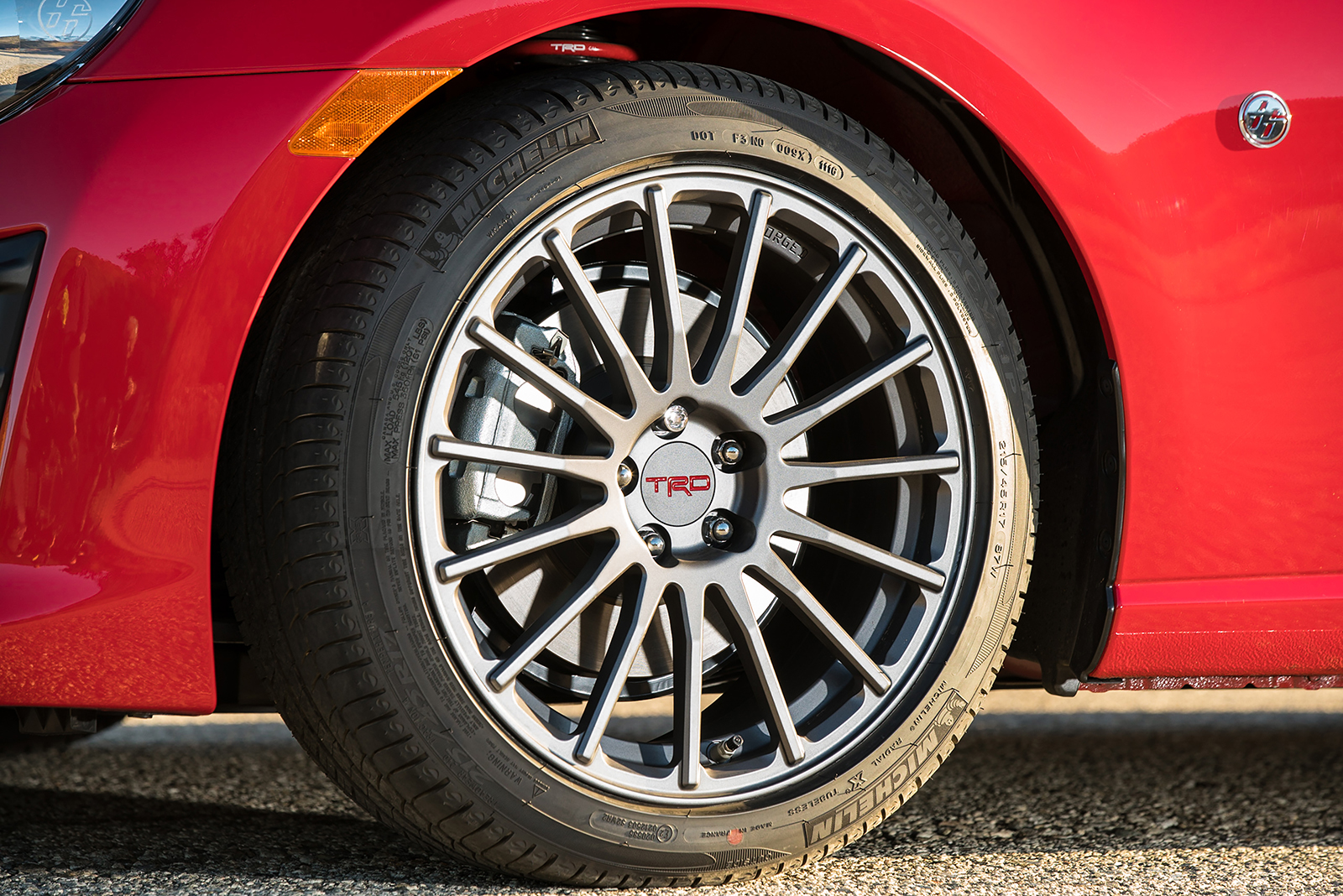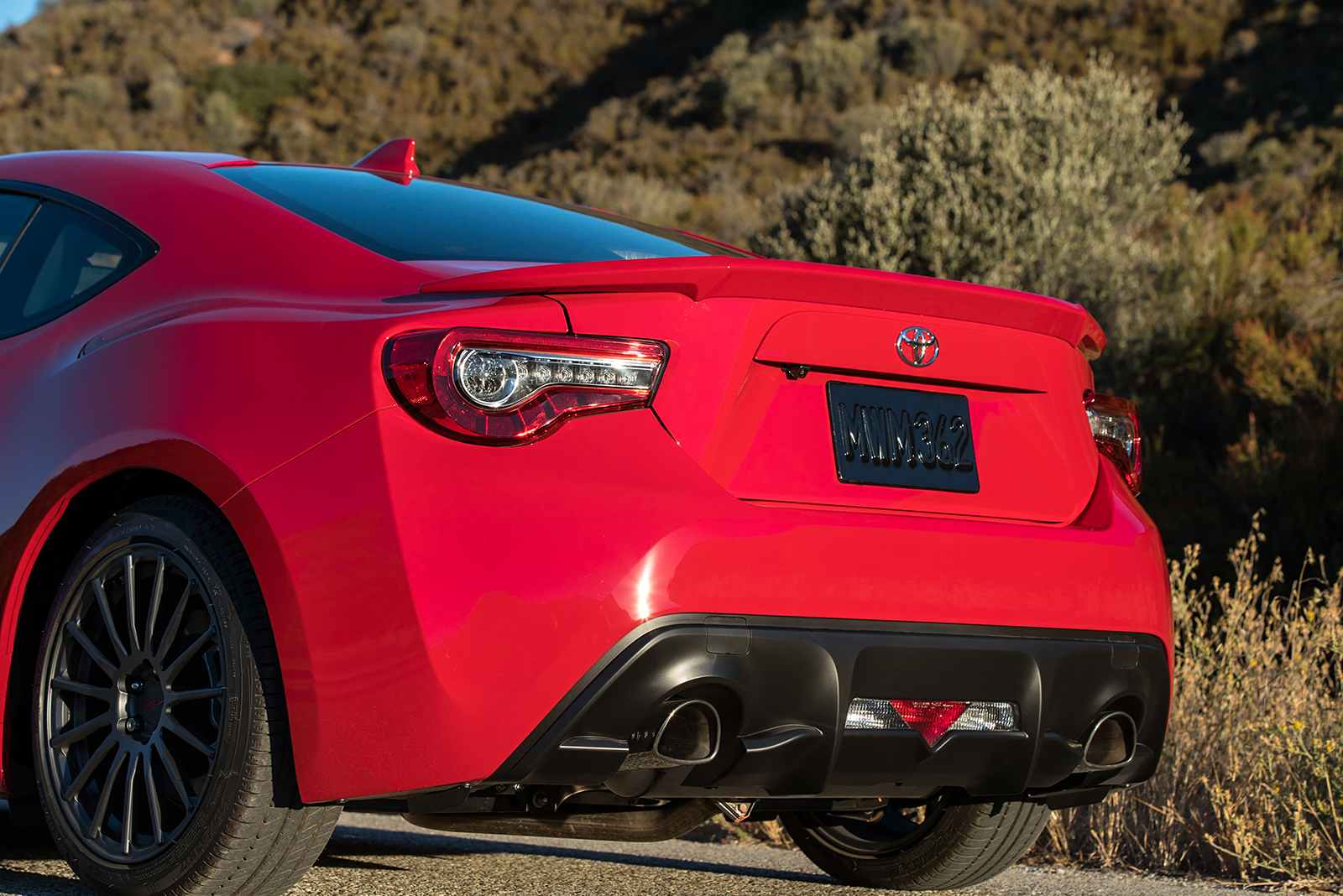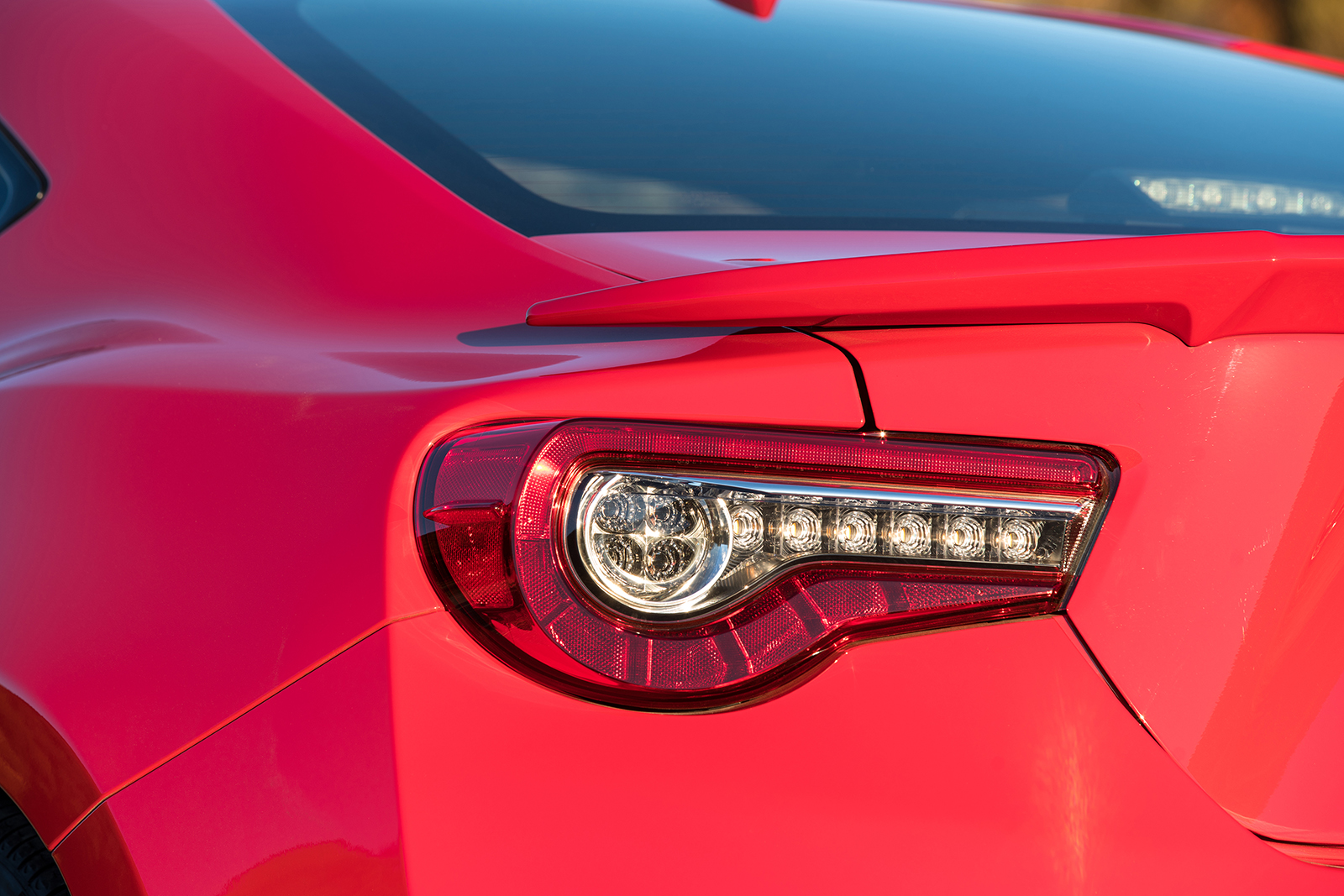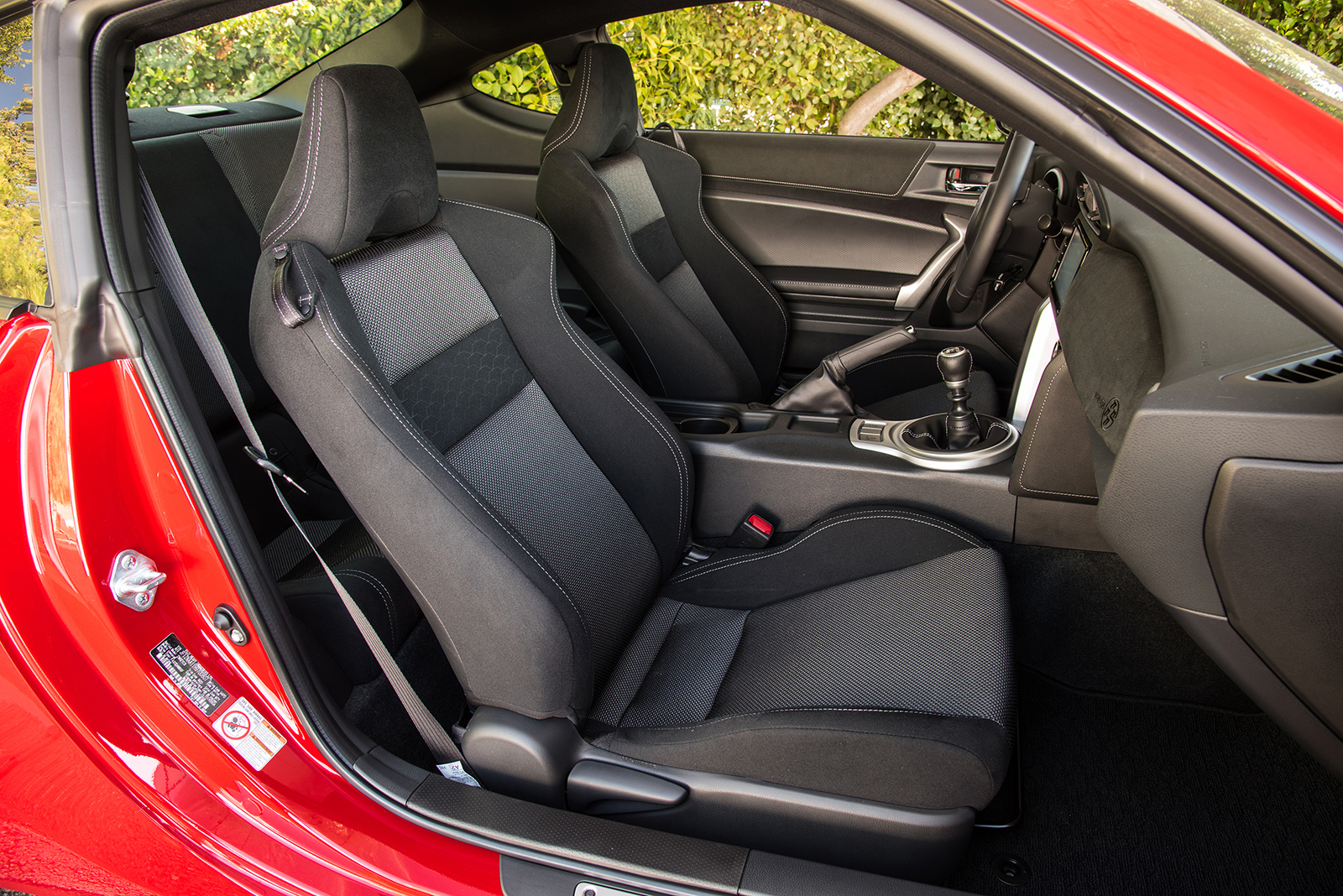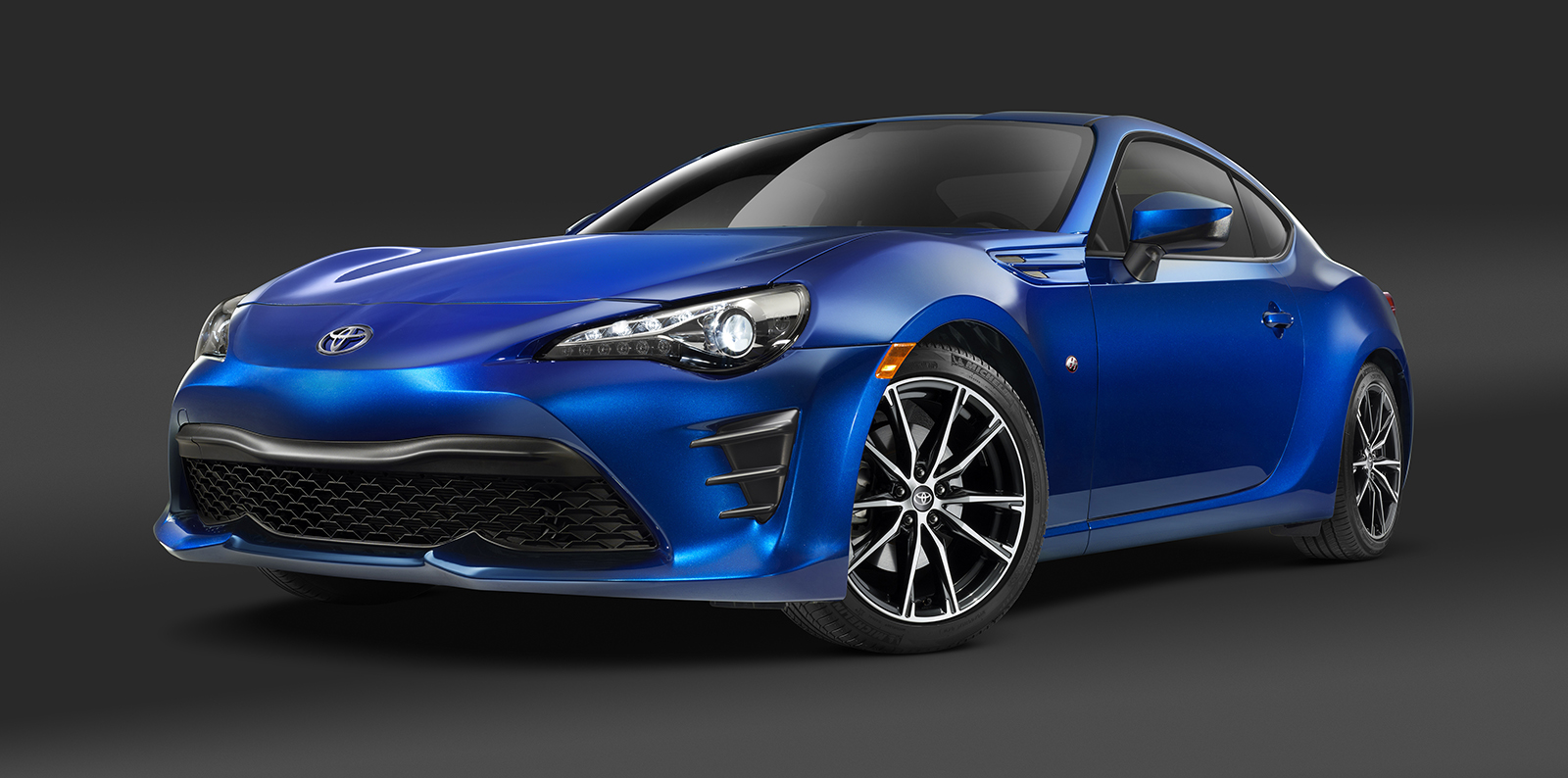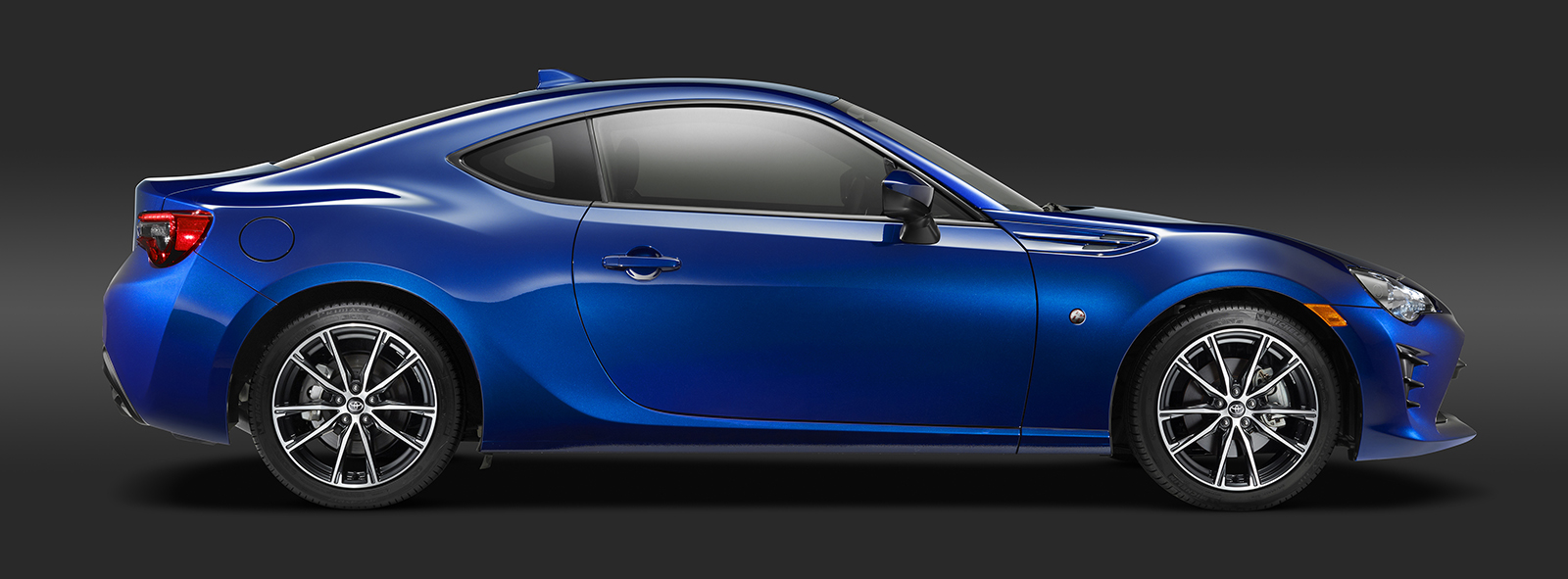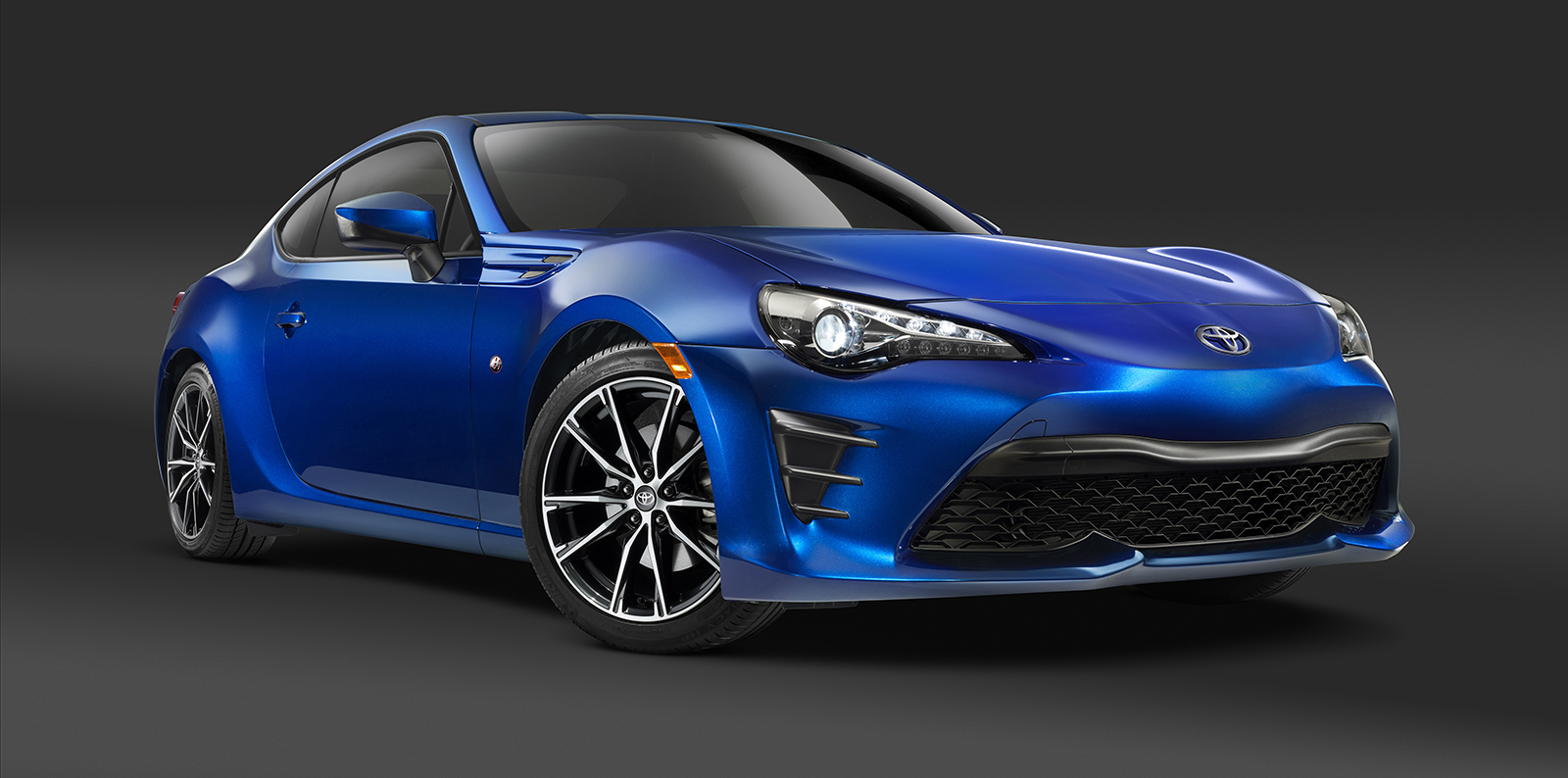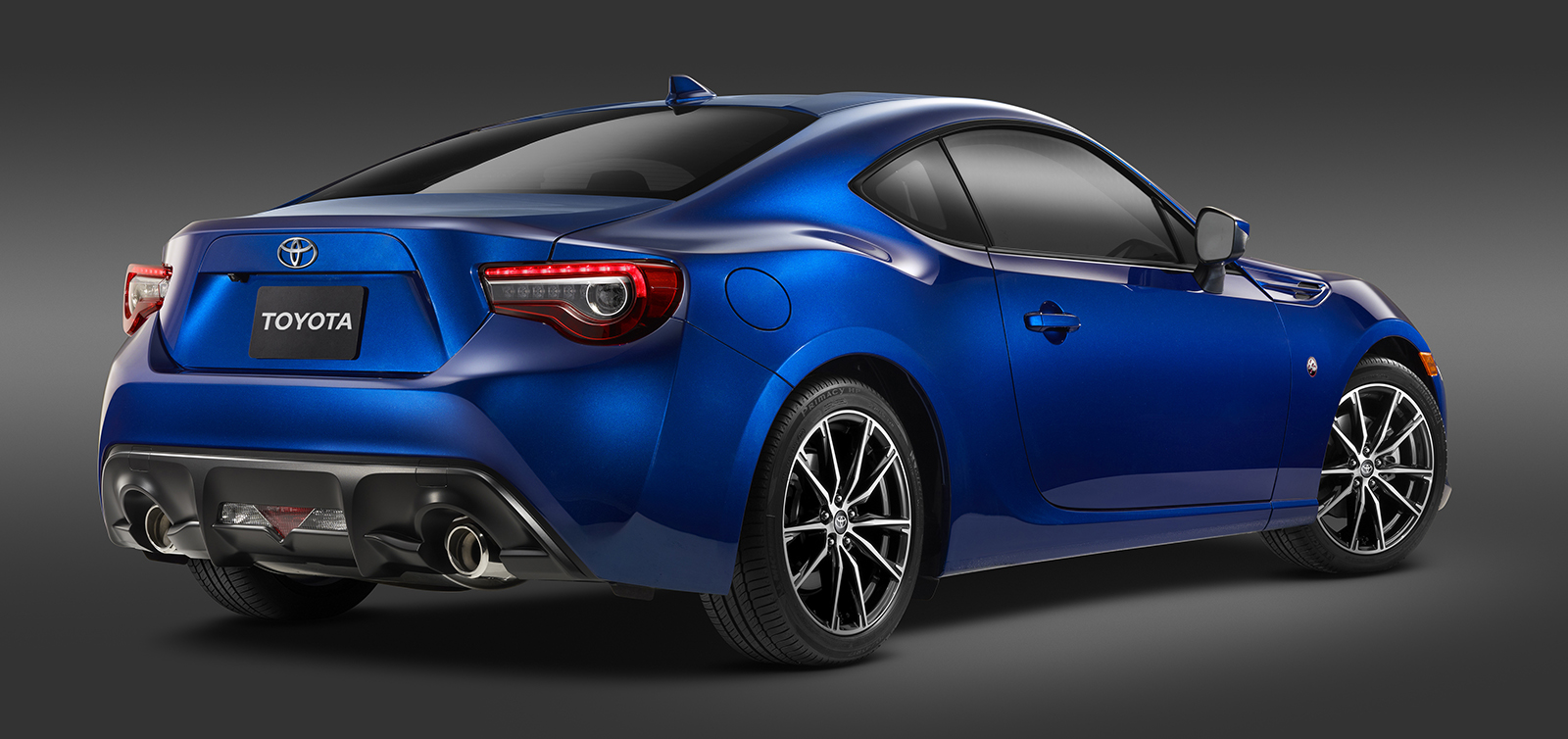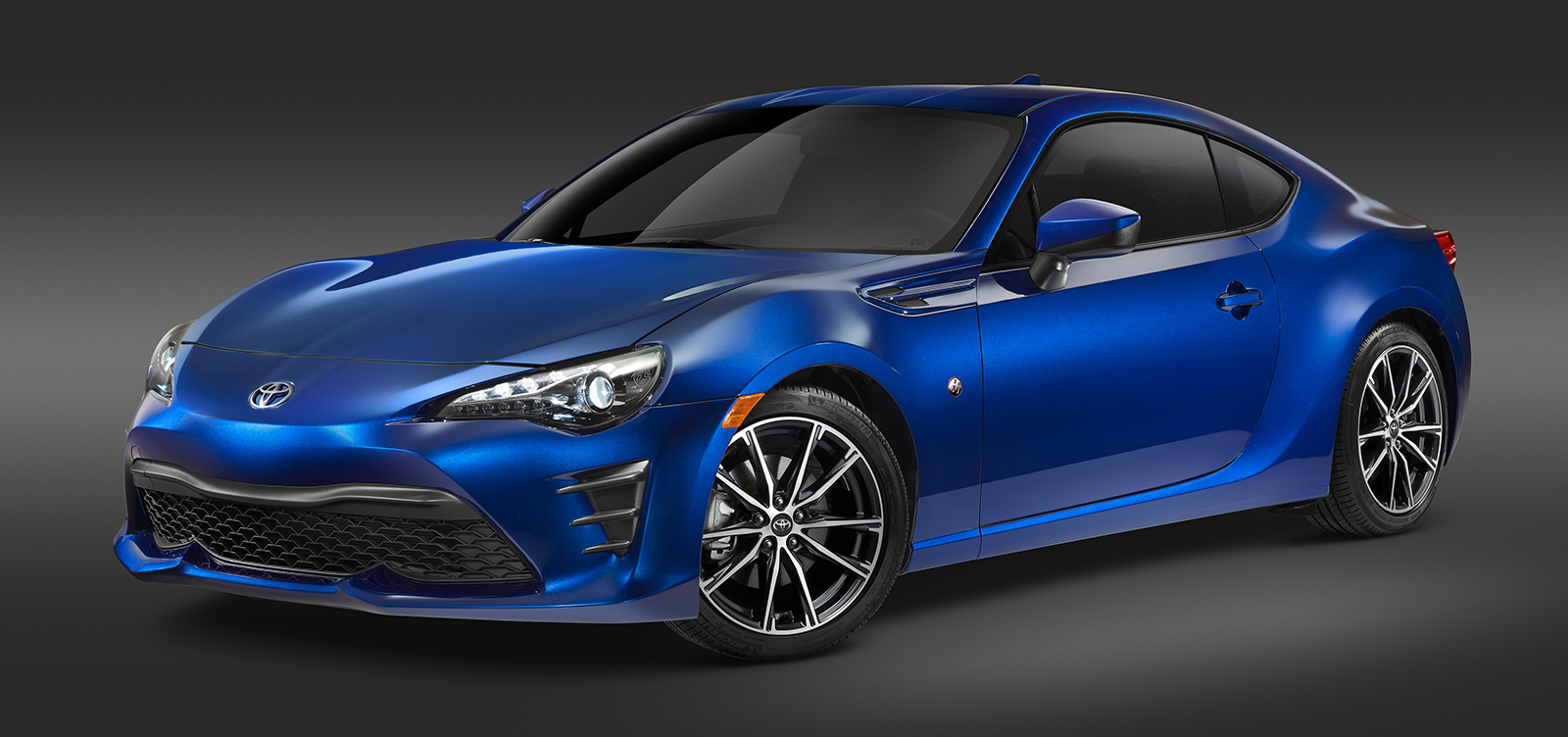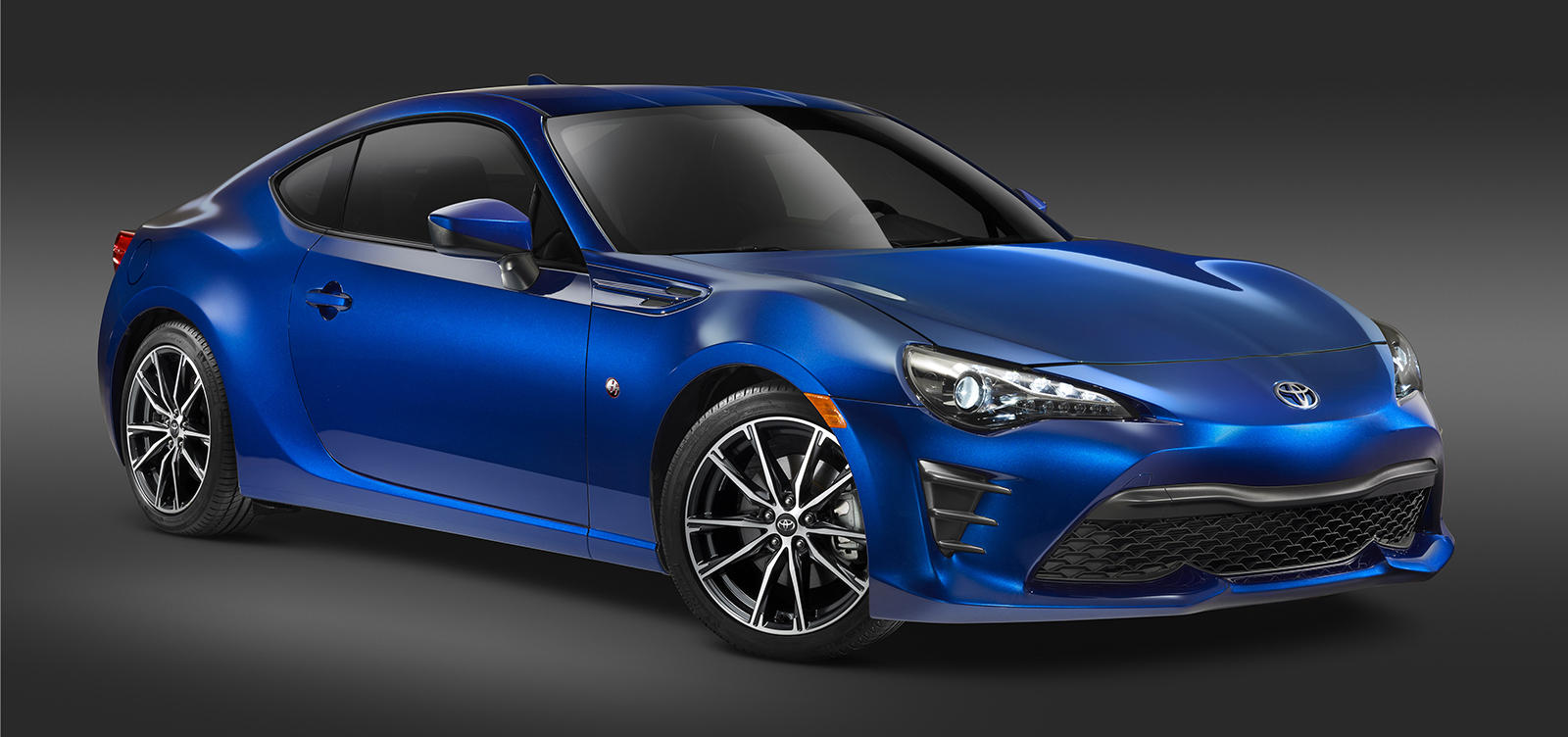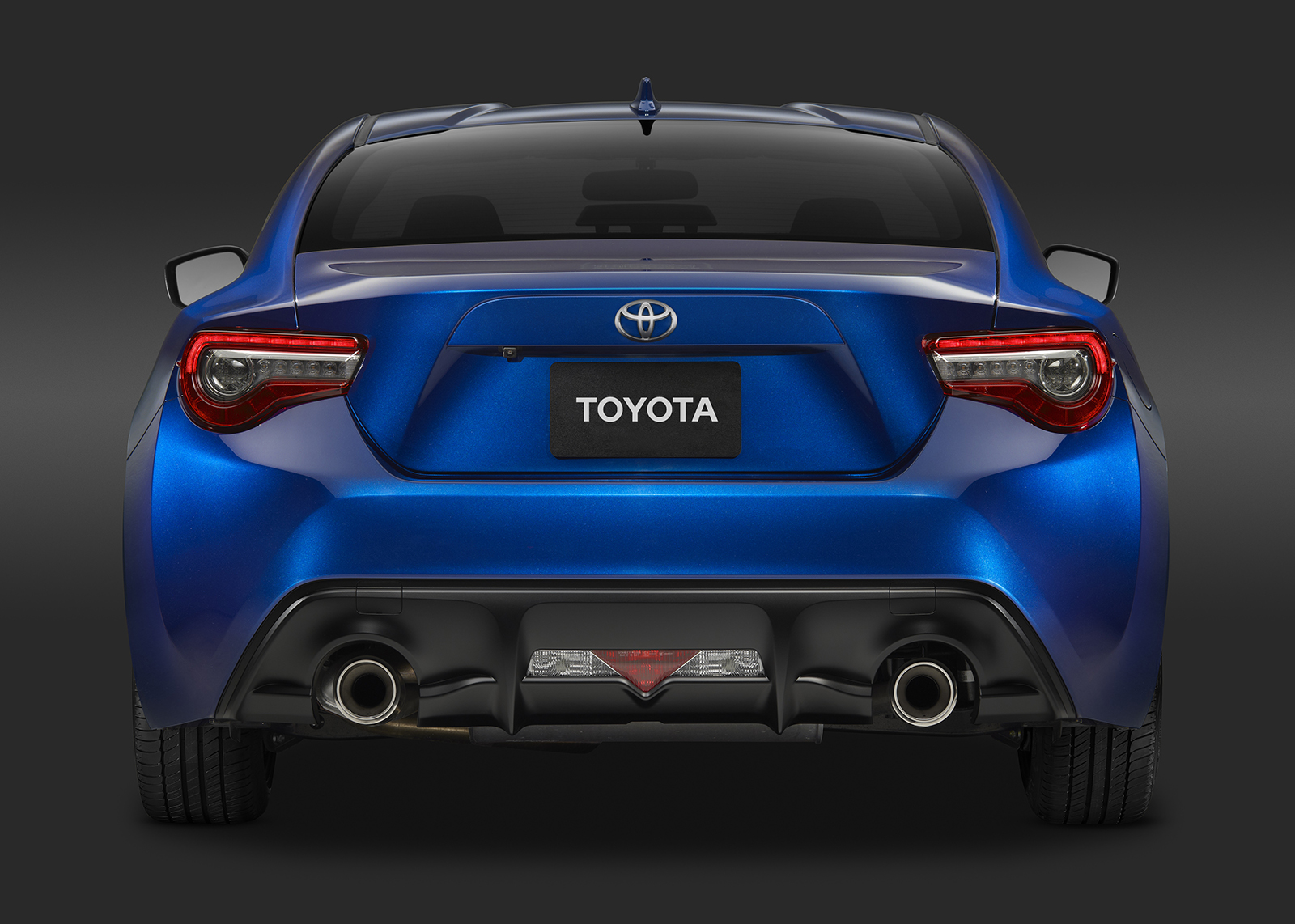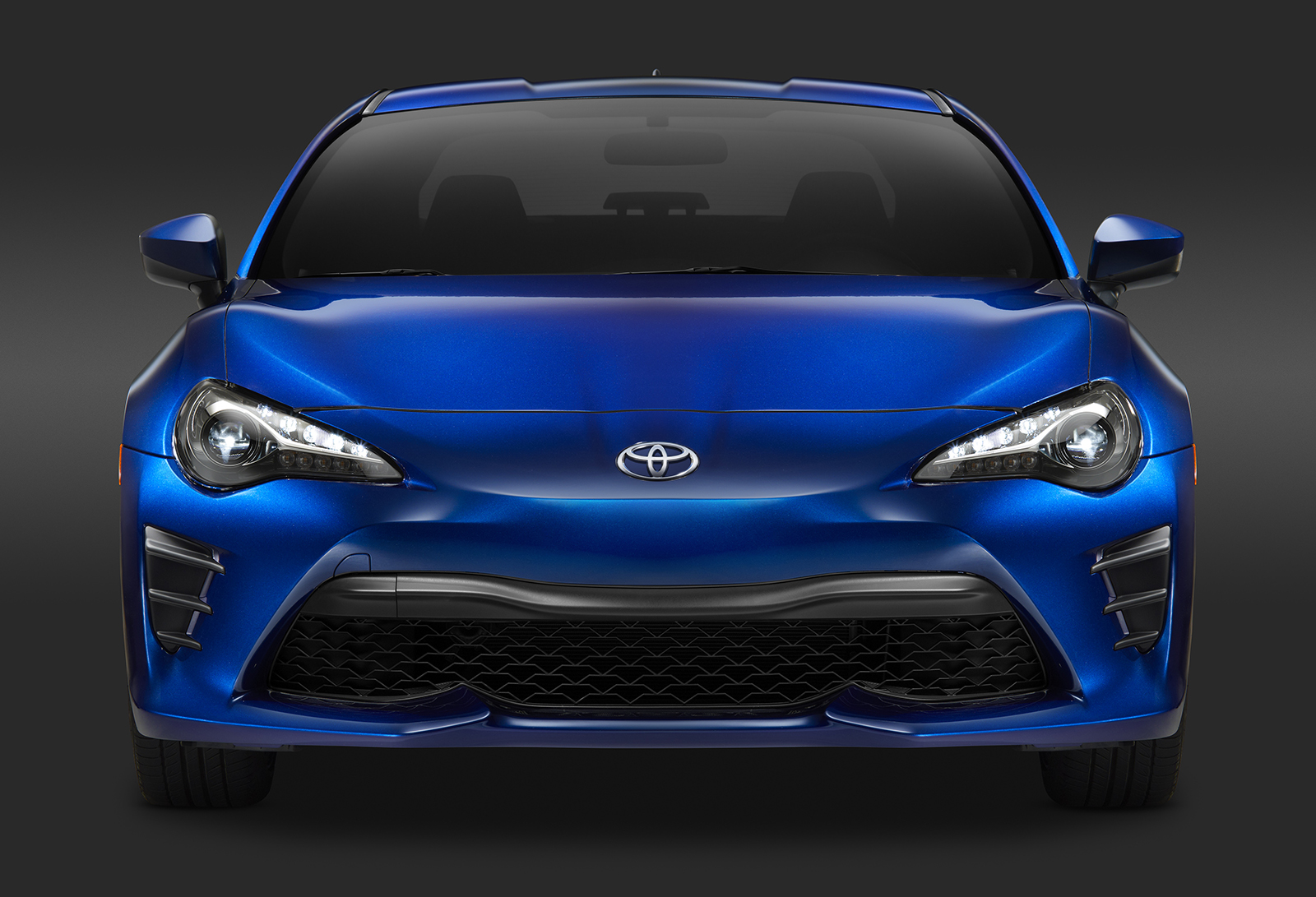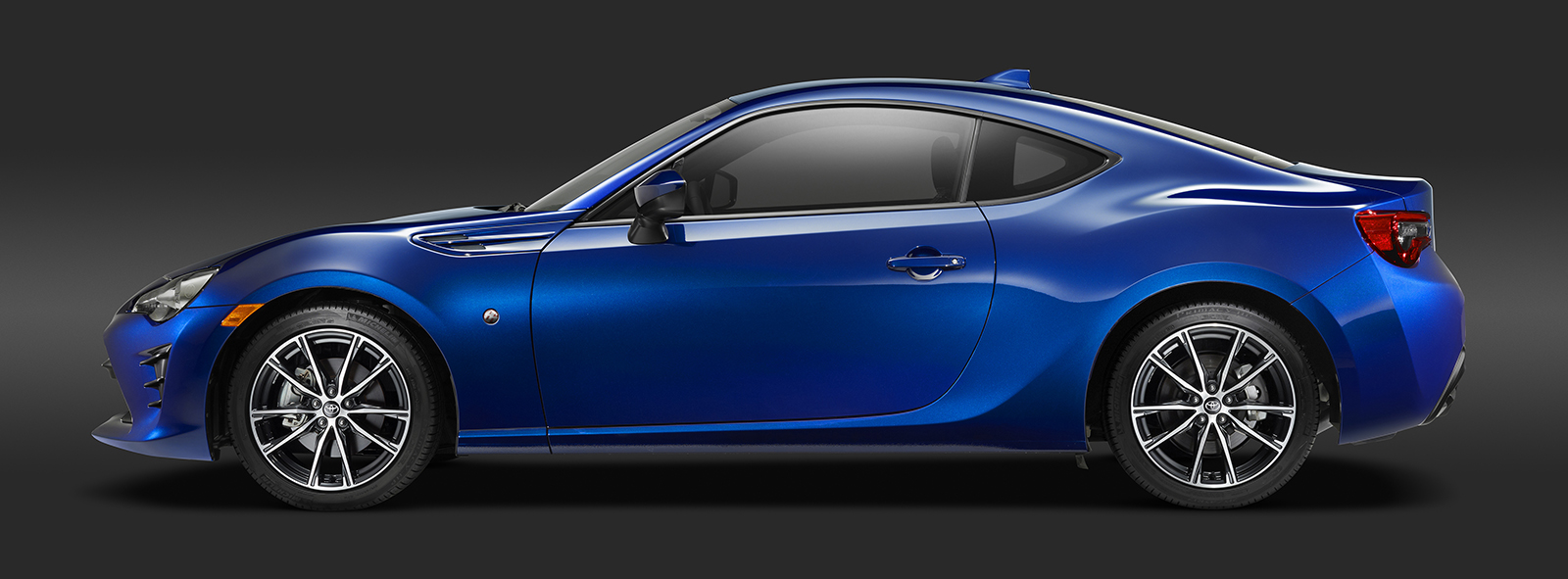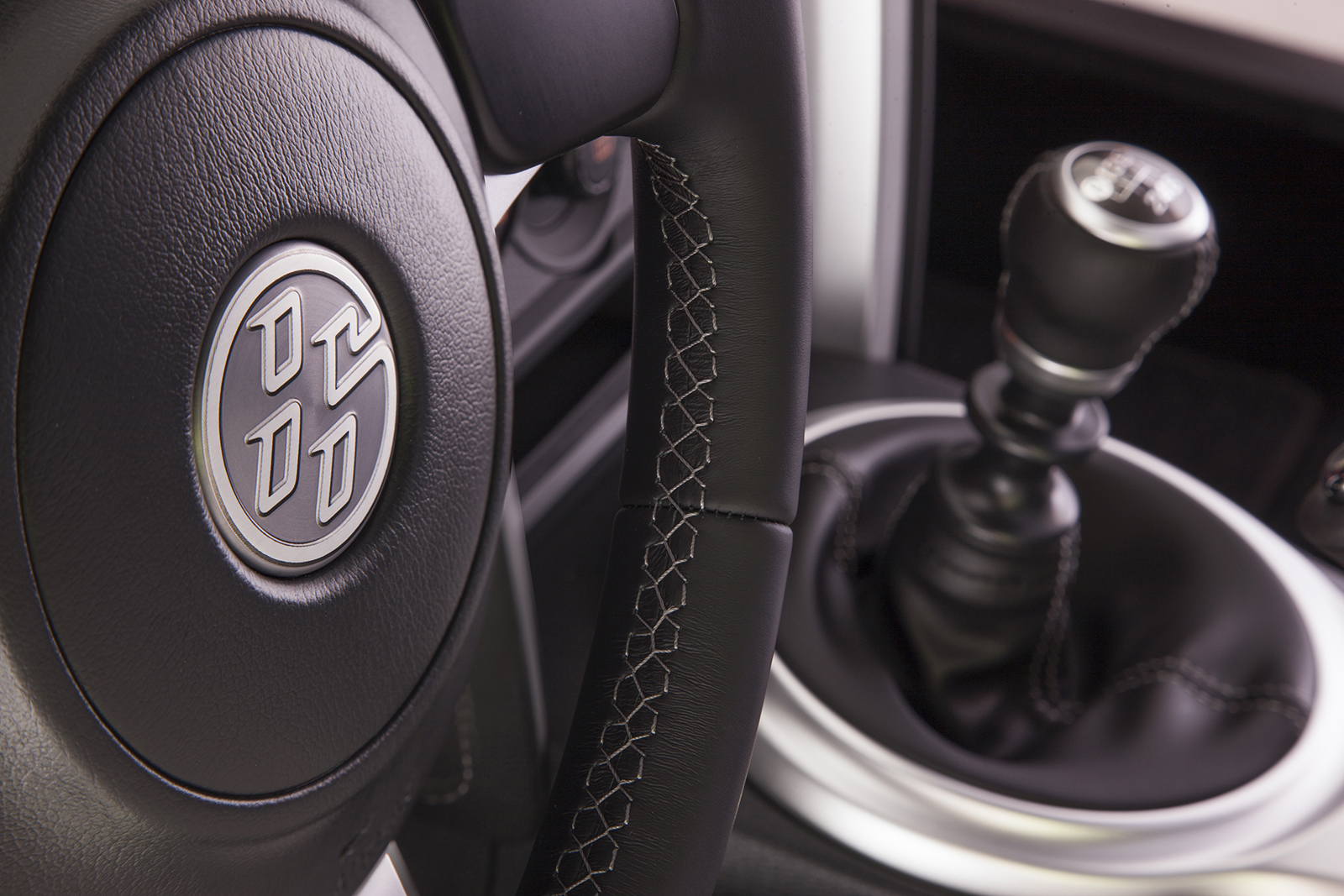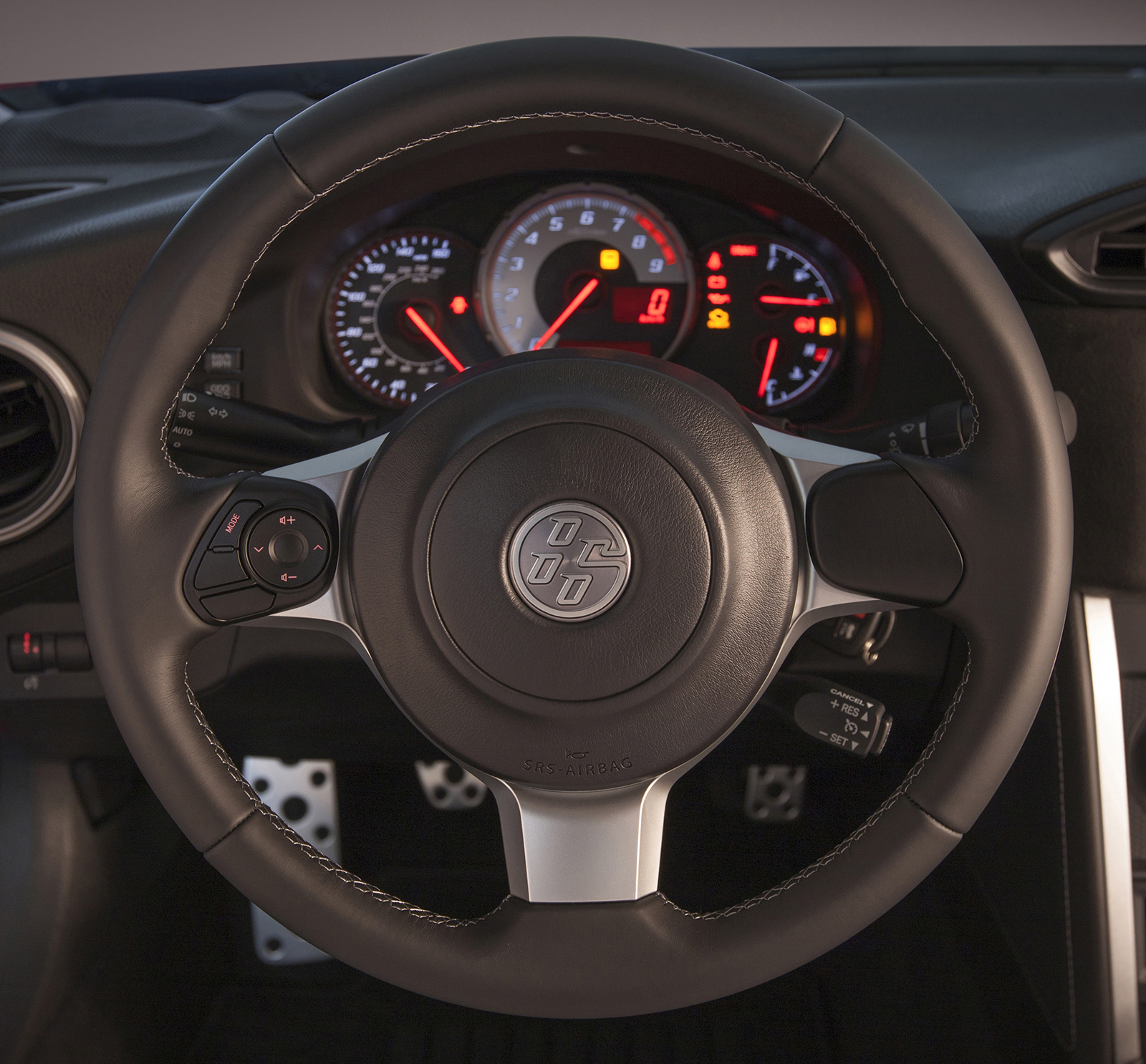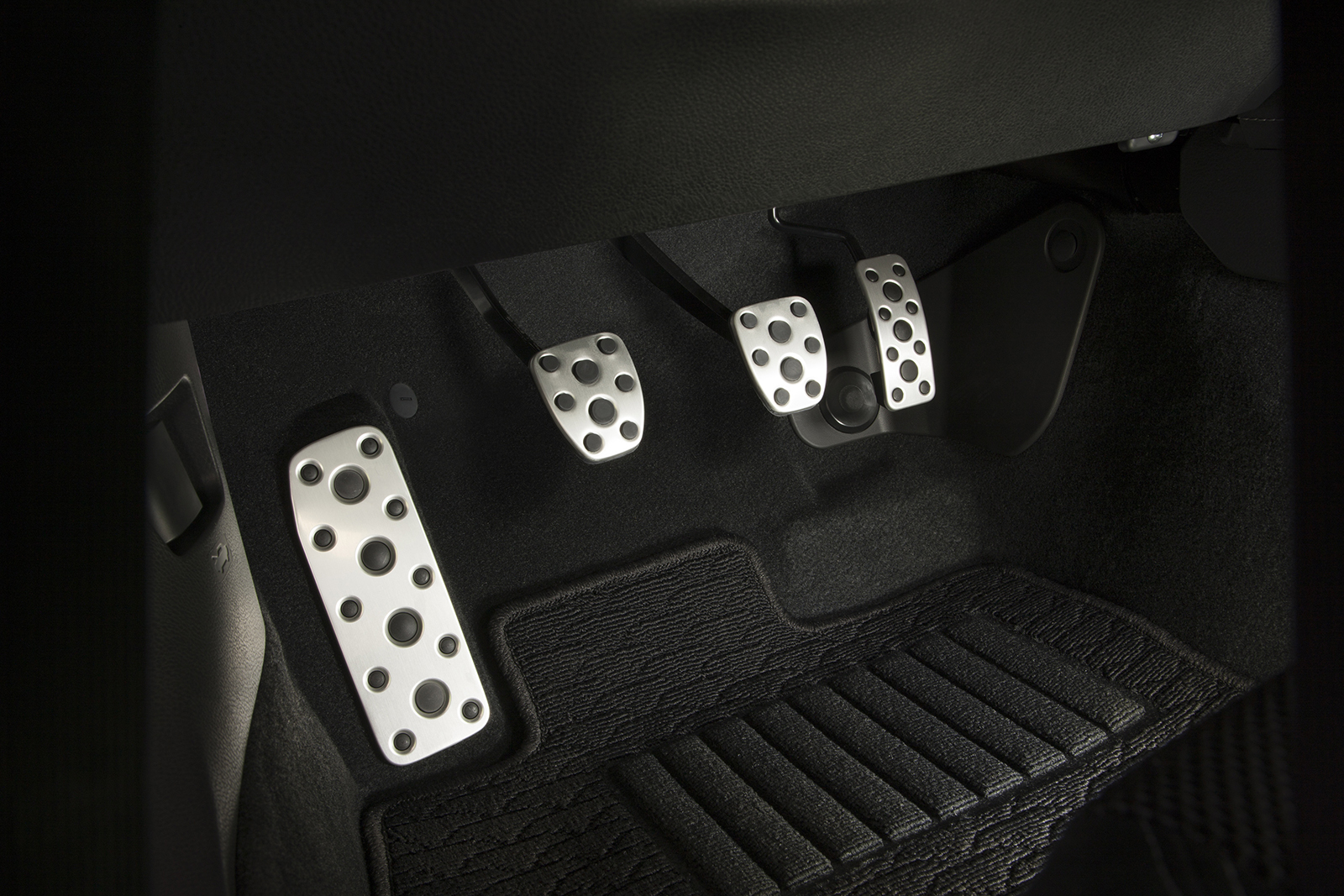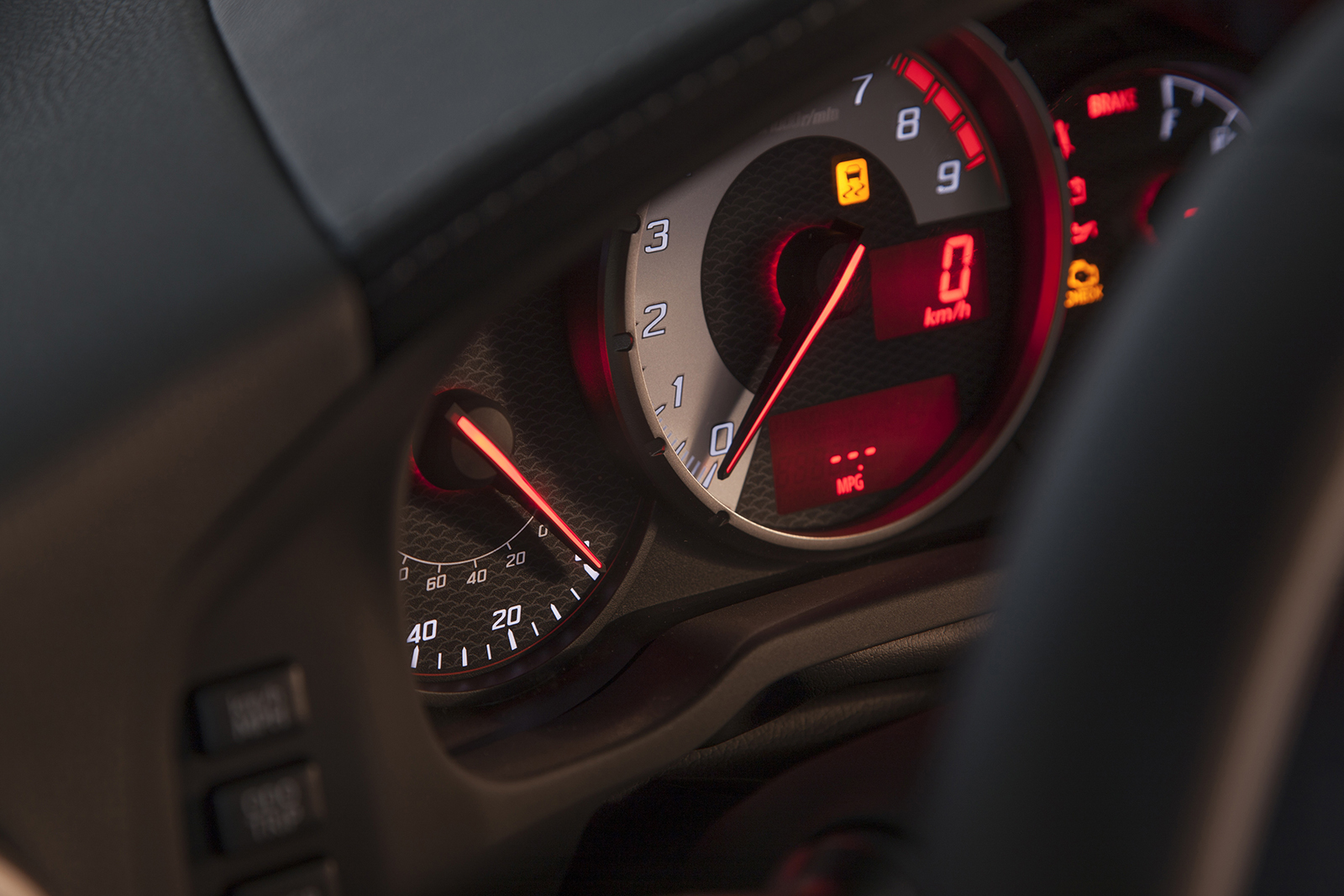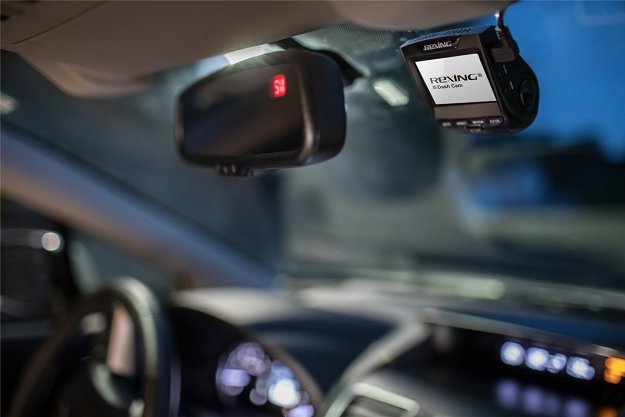Word is just in from The Japan Times that Toyota and Subaru are rebooting the beloved 86 sports coupe for a second generation. The two companies supposedly just commenced development for the next-gen model with plans to launch the car by 2021, according to sources within the company.
The 86 became an instant hit among sports car enthusiasts for its rear-wheel drive platform, manual transmission offering, and affordability. Since launching, the Toyota and Subaru 86 platform sold as the Scion FR-S, the Toyota GT 86, and the Subaru BR-Z. The Scion model has since been discontinued as the Scion brand itself went defunct. Now, it remains to be sold here stateside as the Toyota “86,” alongside its Subaru cousin.
Not many details are available just yet. But The Japan Times reportedly heard through the grapevine that the next-gen model will get a slightly larger engine, displacing 2,400 cc or 2.4-liters. The current “86” and BR-Z have a 2.0-liter naturally-aspirated flat-four or “boxer” engine producing just a tad over 200 horsepower. The increased displacement could potentially mean a slight increase in horsepower, but a considerable boost in torque.
There’s also anticipation for a newly revised platform, designed to offer a lower center of gravity for improved handling. This also means we’re likely to see revisions to its suspension, steering, and braking.
As of now, there’s no indication as to whether the next-gen model could get a turbocharged version, or even if that’s on the table for consideration. Since launch, the 86 was not without controversy, with diehard sports car fans complaining about the lack of a more powerful, turbocharged variant. With turbocharging already a part of both Toyota’s and Subaru’s repertoire, there’s no reason why they shouldn’t offer it with the next-gen model.
Despite not being the strongest seller in both Toyota’s and Subaru’s portfolio – with crossovers selling well in six-figure numbers yearly – both companies acknowledge that the 86 is a product worth keeping around. With its strong fanbase and aftermarket support, the “86” platform is a popular car within its niche, and is easily popular enough to justify the two companies continuing the model for a second generation.
We hope that next time around we get to see more powertrain options.
Editors' Recommendations
- 2022 Toyota GR 86 first drive: Old-school thrills meet modern tech
- Electric SUV co-developed by Subaru, Toyota may not appear until 2025
- Subaru and Mazda join Toyota’s self-driving car development venture


